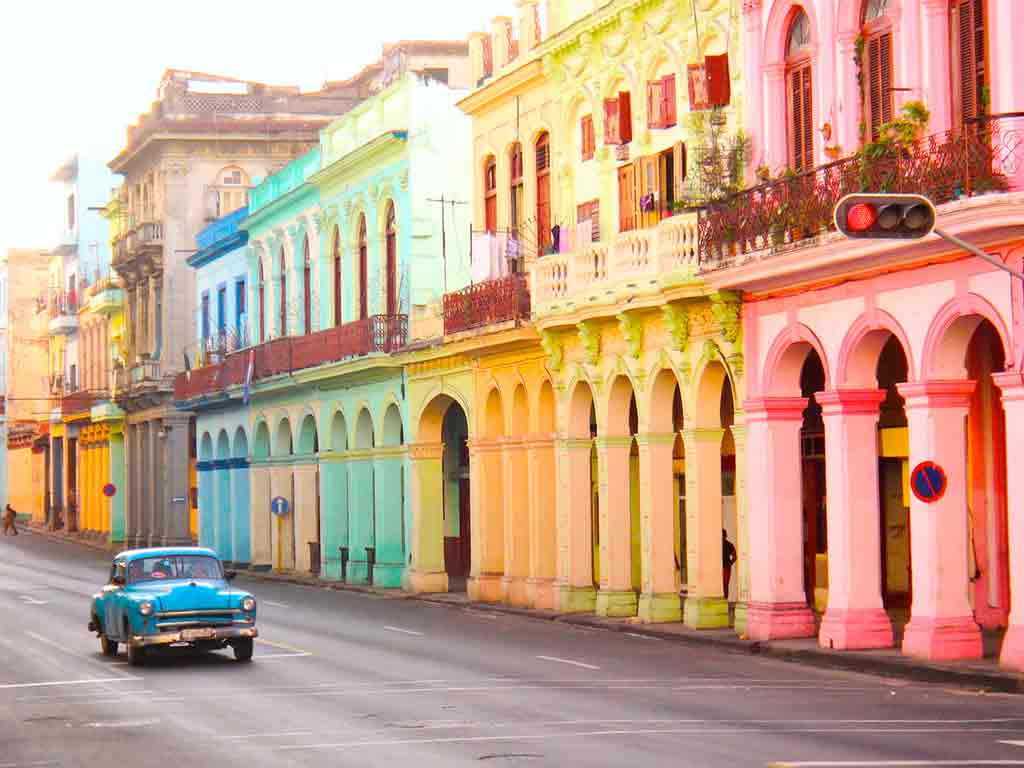The Cuban capital Havana is a melting pot of colonialism and communism, migration and political movements, and music, art, and dance which makes it a city like no other. Thanks to this rich and varied history, though, Havana is the perfect destination for those who want a trip filled with culture, sightseeing, history, art, people-watching, and, of course, classic cars!
The city itself is a mishmash of old and new, with decaying buildings and vintage cars sitting alongside well-kept art deco structures and a handful of Western restaurants. The color, culture, and Cuban music floating through the streets will make you feel alive and you’re sure to learn a wealth of new information as you discover this intriguing country!
Three days in Havana gives you a good amount of time to explore the city highlights as well as to get a taste of the country’s charm (and hopefully its rum too!).
Read on to find out my top tips about visiting Cuba and what I think makes the perfect three-day Havana itinerary…
Disclaimer: This post contains affiliate links. This means that should you click on certain links, and then subsequently purchase a product, I will receive a small commission.
Table of Contents
How To Get To And From The Airport In Havana
While Havana airport can be quite confusing for first-time visitors, there is a range of options available for getting to/from the airport to the city center. The choice you make will depend on your budget and your confidence as a traveler as some are more adventurous than others.
Shuttle
Officially speaking, there isn’t an airport shuttle service that you can book upon arrival in Cuba, but there is the option to book an airport shuttle into the center of Havana before you arrive. This is ideal for those who want a relatively cheap option, in a safe, comfortable, air-conditioned minibus but please be aware that the service can take a long time to reach the center as it will drop various people off along the way.
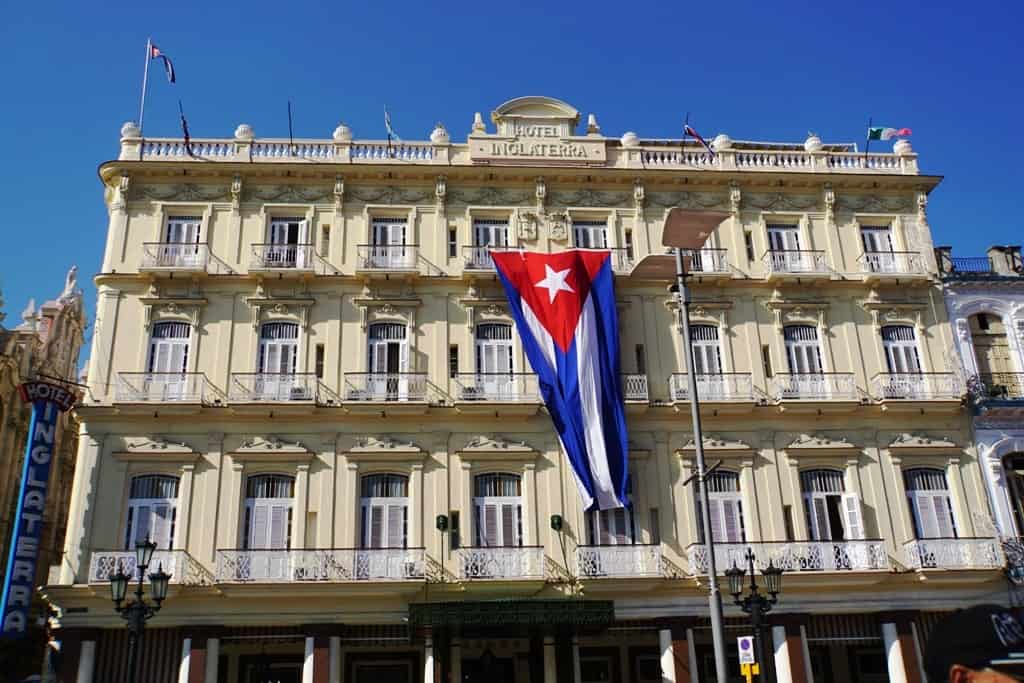
Taxi
The second option for getting from the airport into the heart of Havana is to take a taxi. All taxis located within the airport rank have to be licensed so you won’t have to worry about taking a legitimate ride. It is worth noting, however, that you will be approached by many drivers as you come out of the airport which can be quite overwhelming for novice travelers. As long as you have an idea of prices you shouldn’t be ripped off, and if you have some Spanish language skills to barter with even better!
Tourist cabs are the yellow and black taxis available and will cost around $30/30 CUC while the Almendron taxis (i.e. the stylish 1950s classic cars) can seat more passengers so tend to cost around $50/50 CUC. This cost could be shared by fellow passengers if you’re willing to split the fare.
Alternatively, you can pre-book a taxi from the airport so you don’t have to worry about the hassle of bartering, and you’ll just need to look out for a driver holding a placard with your name on it. A pre-booked taxi is likely to cost around $50/50 CUC.
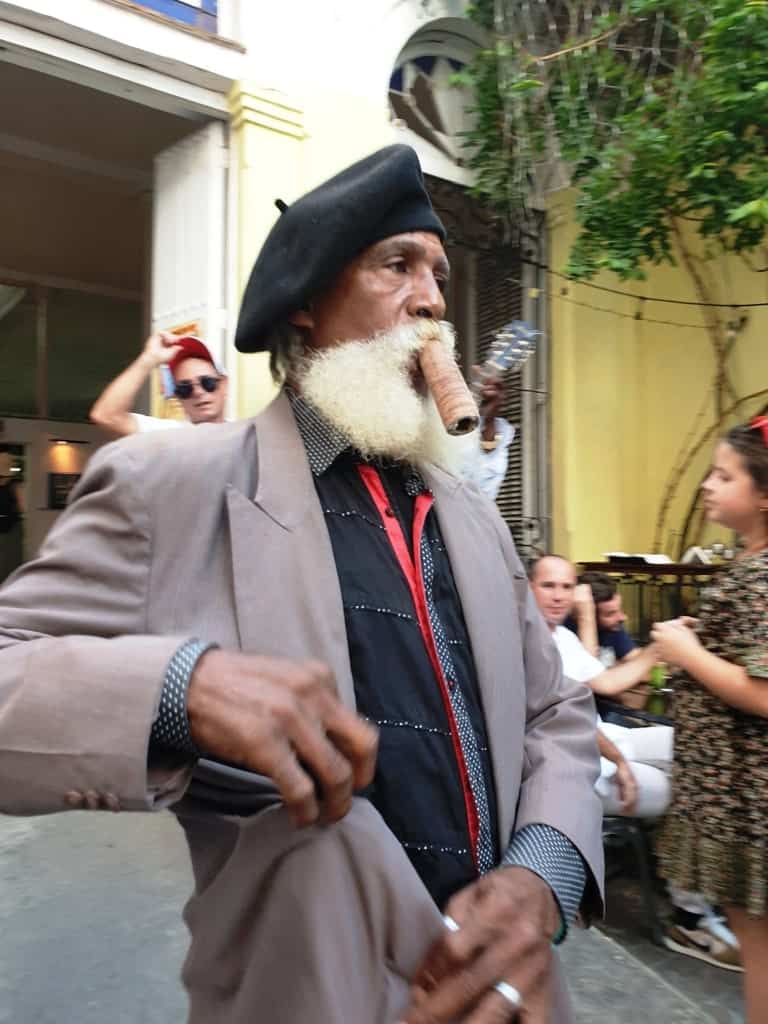
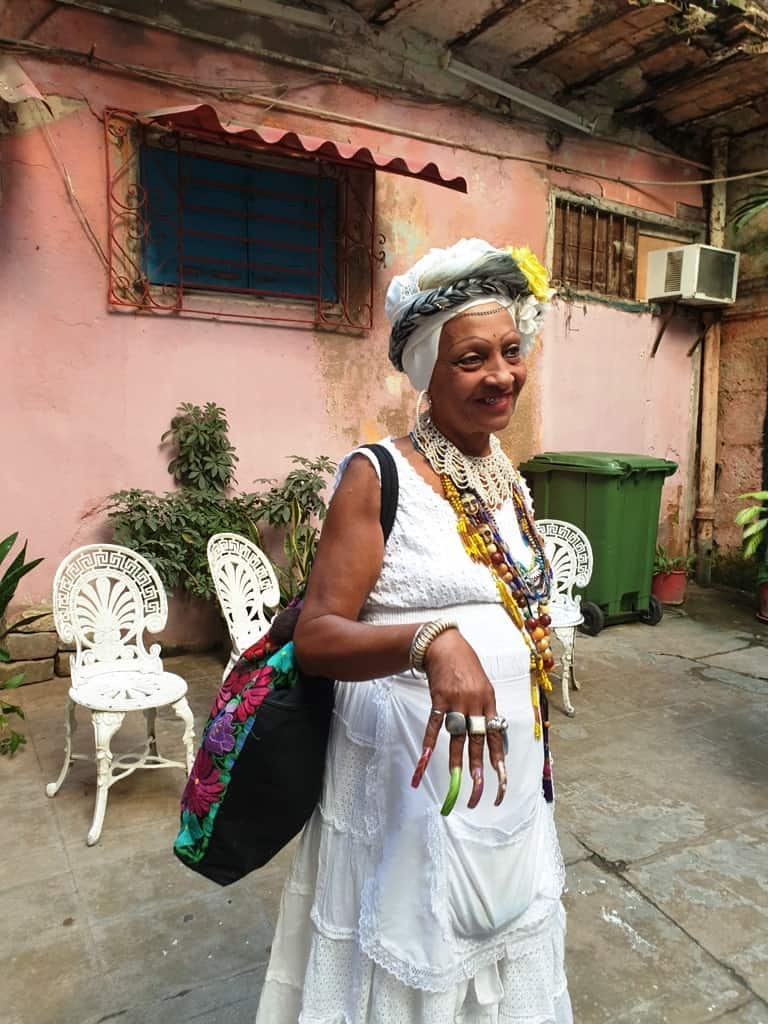
Bus
Lastly is the option for adventurous, budget travelers: the public bus. The public bus leaves from the edge of the airport complex (the P12 stop) which lies around 3km from the main international terminal T3. It is therefore only a good option if you travel light, don’t mind a long walk, and are arriving during the day. If you really want to get the bus but don’t want to walk, you could try to bargain with a waiting driver to take you to the bus stop (should be around $1/1 CUC per person).
Once you arrive at the bus stop there’s no telling exactly when the bus will arrive, and it’s worth mentioning that it is likely to be extremely crowded and hot (which is what you would expect for a journey that costs $0.05/0.05 CUC). If you’re staying in Old Havana then you’ll need to stay on the bus until the last stop (near Capitol) and walk or take a cycle taxi from there to your Casa or Hotel.
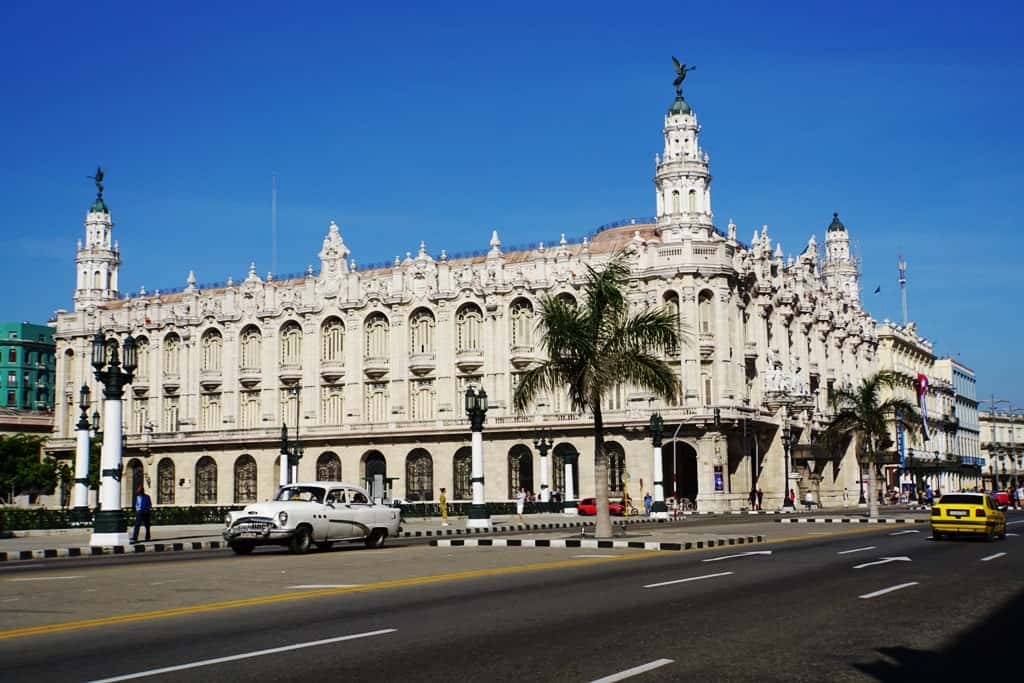
Top Tips About Travelling to Cuba
Cuba is a destination unlike any other so it’s worth being aware of a few things before you arrive so it’s not too much of a shock to the system. Even the most worldly travelers are likely to be surprised by some things when they arrive in this Caribbean country.
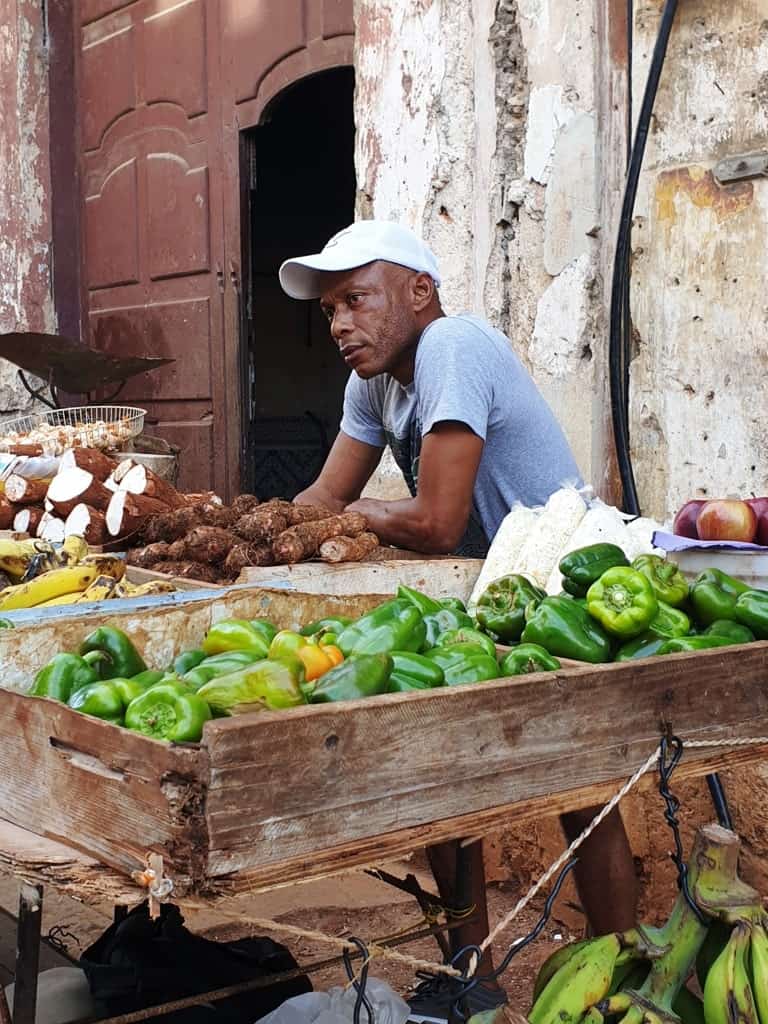
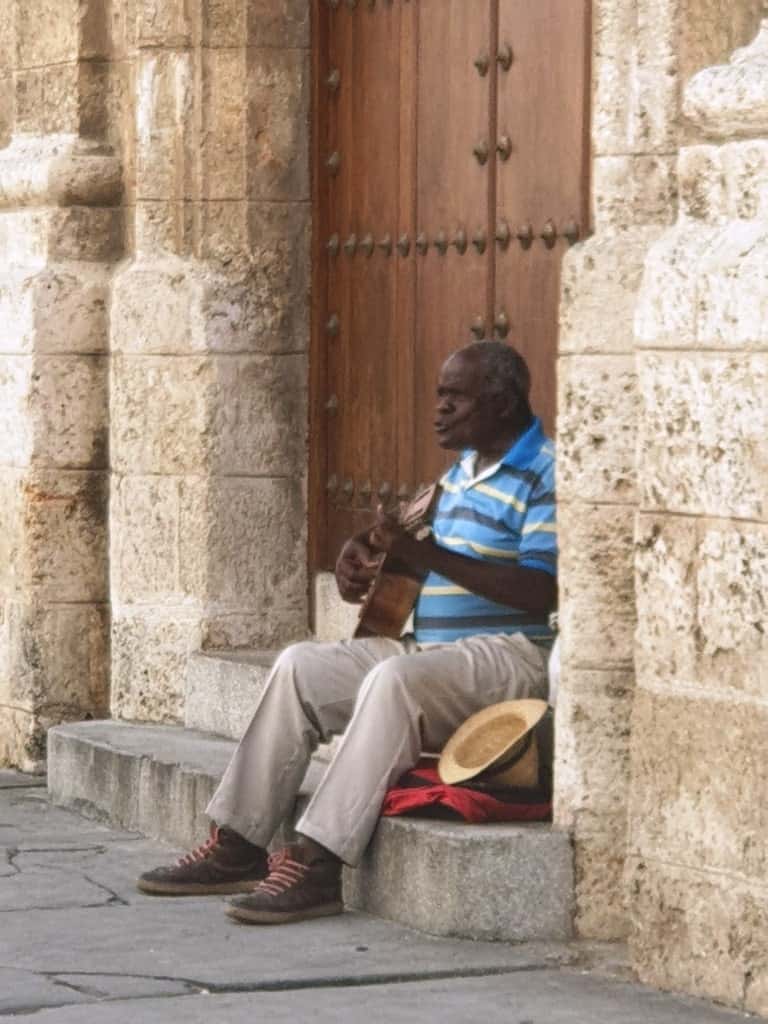
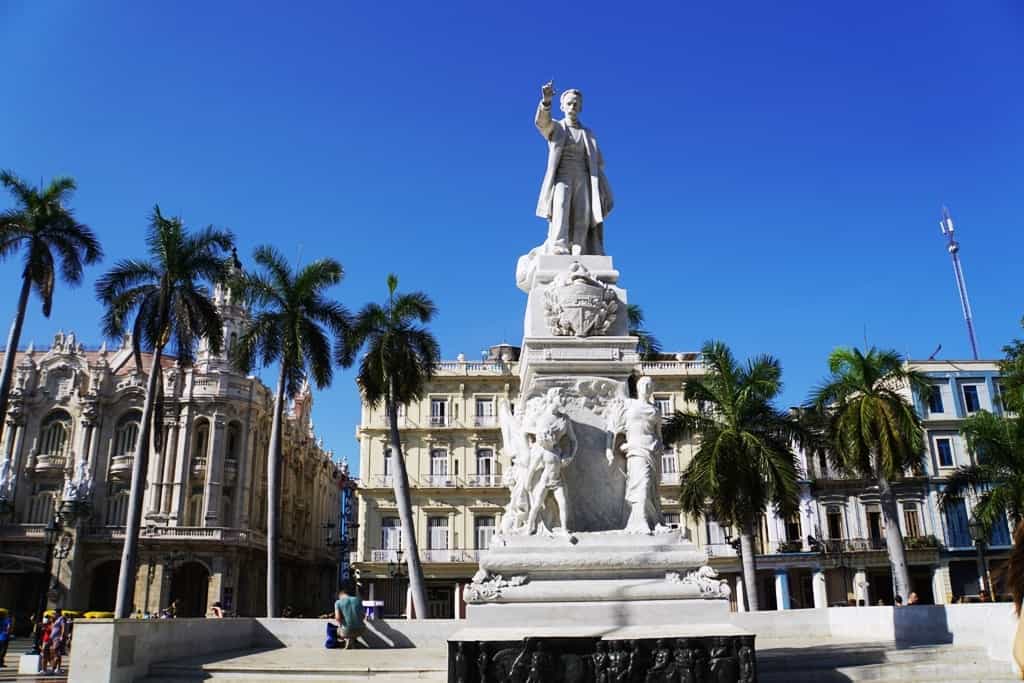
You must get a visa or tourist card before you arrive
Most travelers visiting Cuba will need to obtain a visa or tourist card before they travel which must be purchased and collected before boarding their flight to Havana. This can be done from the Cuban Embassy in your home country, by post, or sometimes through an airline or travel agency.
It is vital that you check you have received the correct documentation before travel to ensure you aren’t refused entry onto the plane or into Cuba. Visas are tourist cards that are required for all travelers (unless you are a citizen of one of the few exempt countries), regardless of age. Check here the requirements for the Cuba Visa for Indians.
You may also be asked for proof of return travel to your home country or onward destination, proof of medical insurance, proof of financial solvency (usually at least US$50 per day), and possibly also at least two months validity on your passport from your date of arrival.
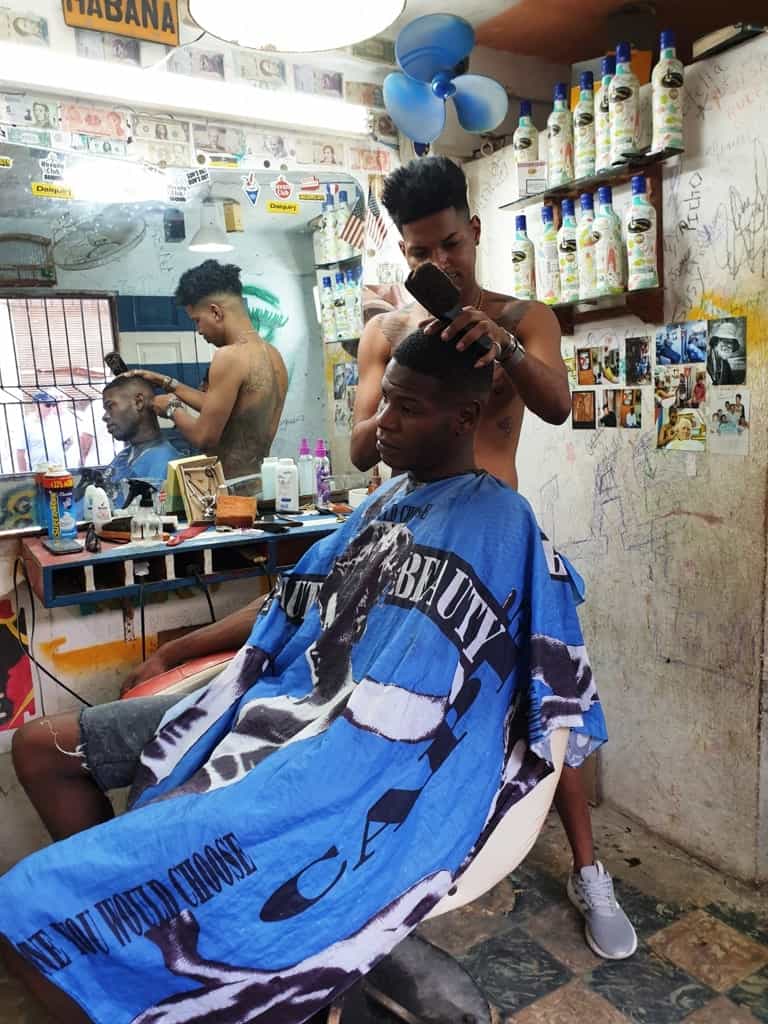
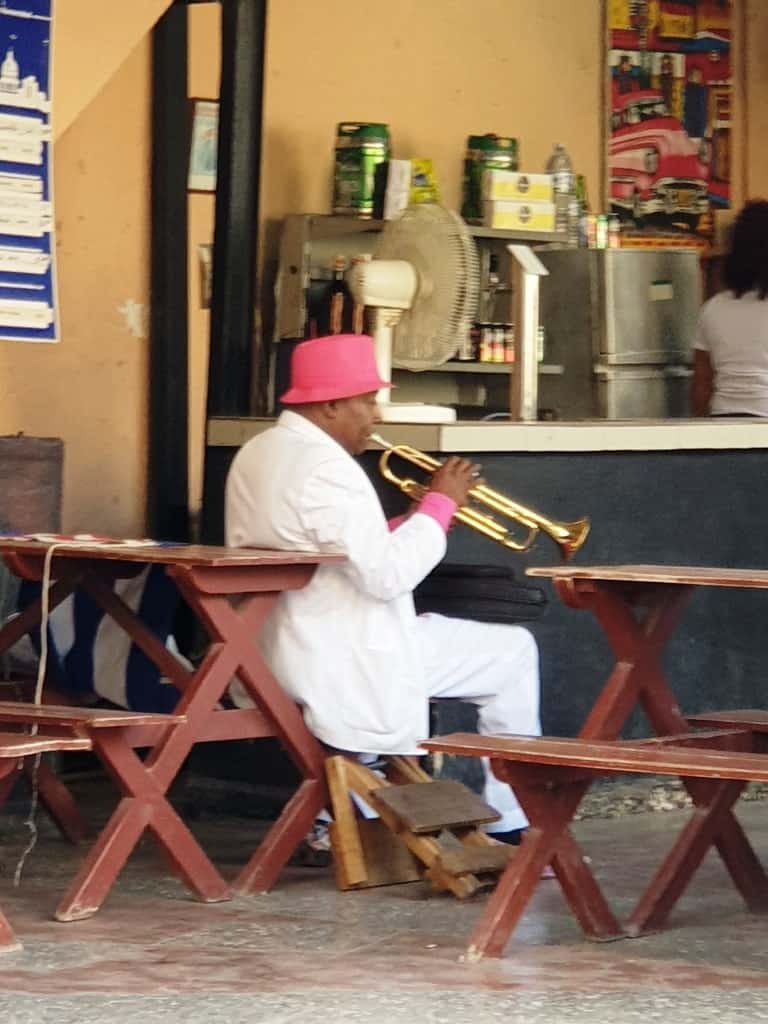
Internet in Cuba is BAD and expensive
Free WiFi in Cuba just isn’t really a thing, so it’s definitely not a destination you should choose if you’re a digital nomad hoping to work on the road. It is, however, a fantastic location if you want to have a digital detox for a few weeks!
The internet can only be accessed in Cuba by buying an ETECSA WiFi card or by logging on (and paying for) hotel WiFi. WiFi cards can be purchased at ETECSA stores (you’ll need your passport and will have to wait in line), from hotels or from ETECSA card ‘salesmen’ in the street or small kiosks (usually at an inflated price but much quicker).
It’s also worth pointing out that the internet in Cuba is restricted and censored by the government so do keep this in mind when browsing.
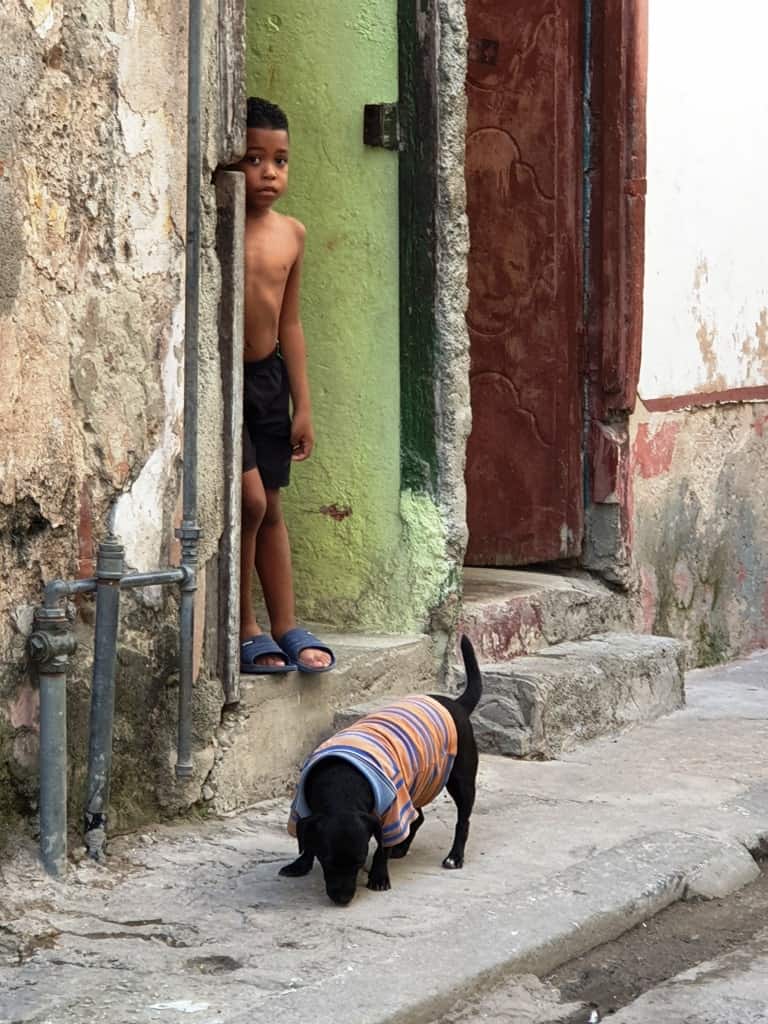
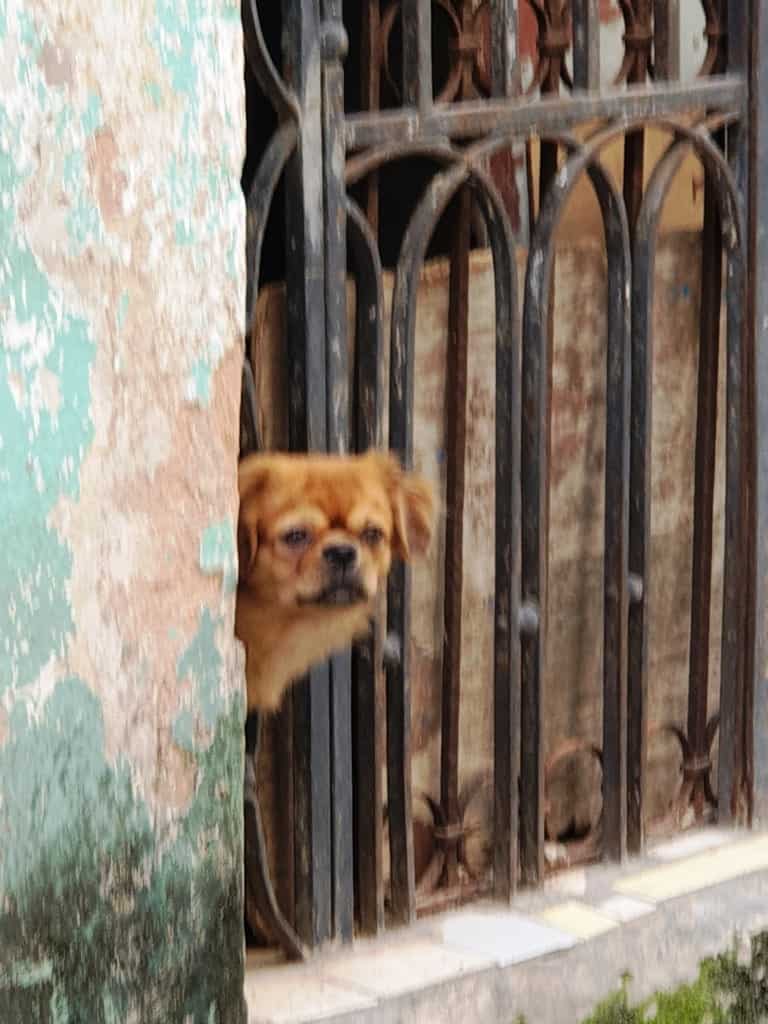
It is a communist country
Finally, it’s also worth remembering that Cuba is very much still a communist country which means that almost all businesses are government-owned, most people rely on rations to get by, there aren’t regular supermarkets or stores and there is plenty of propaganda still displayed throughout the country.
That’s not to say that this is necessarily a bad thing, just that it is very different from most other tourist destinations and may provide a bit of a shock to the system. On the whole, Cuba is a pretty poor country, with lots of dilapidated buildings and while there is a burgeoning tourist scene, you might have moments where you feel uncomfortable with the disparity between those working in the tourism industry and those working for government businesses.
How to spend 3 days in Havana Cuba
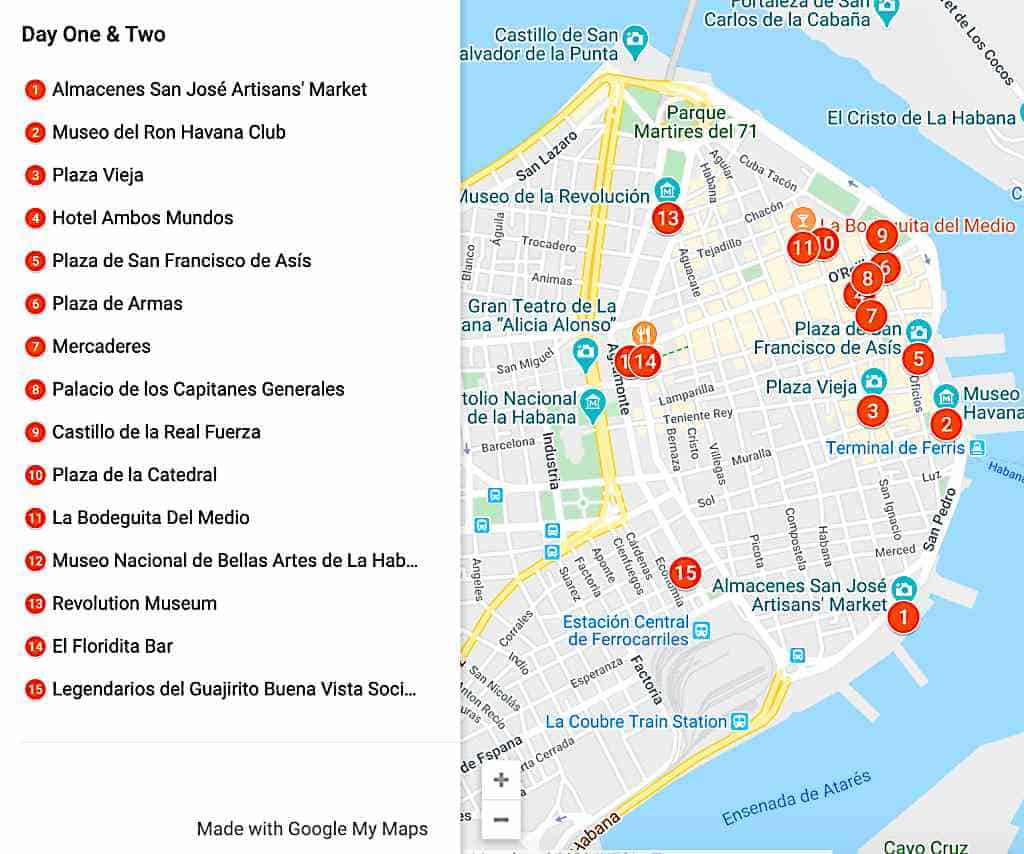
3 days in Havana: Day One & Day Two – Explore Havana Vieja
Havana Vieja is Old Town Havana and is the main, central area of the city that is home to beautiful buildings, old cars, museums, markets, parks, and plazas. This is a lovely area to explore on foot, simply spending time wandering through the city streets while soaking up the local culture.
1. Almacenes San José Artisans’ Market
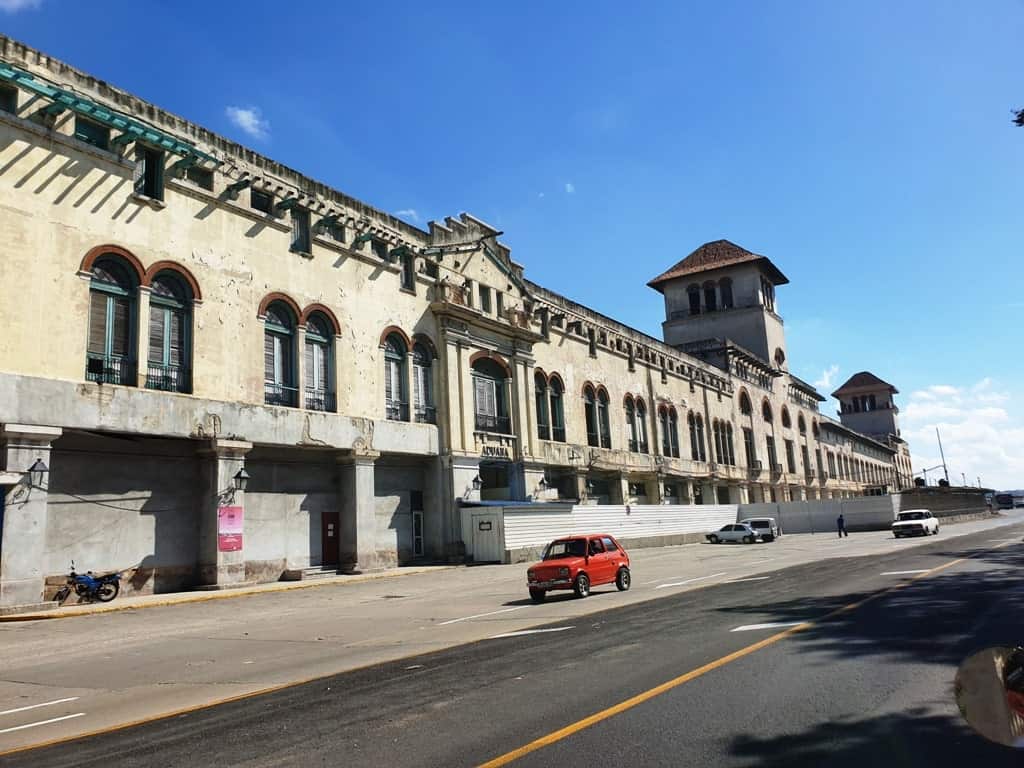
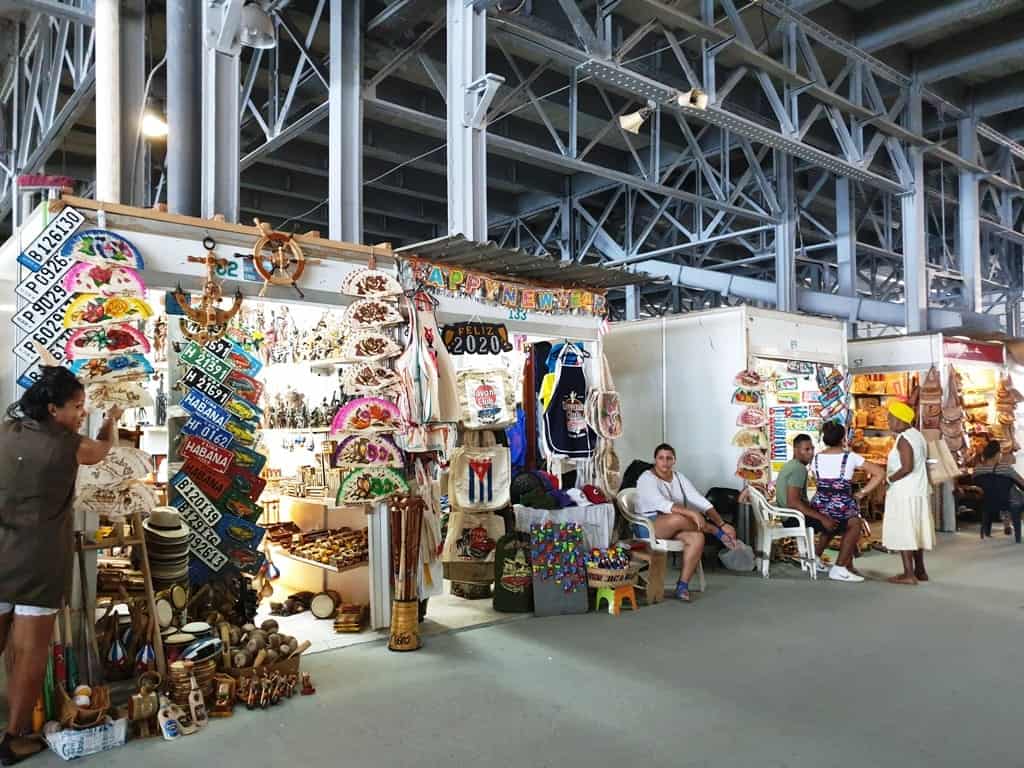
The Almacenes San José Artisans’ Market is a large marketplace located in the Port of Havana that not only features souvenir stalls selling Cuban handicrafts but also puts on cultural performances and art exhibitions. This is a good place to come to get a sense of Cuban culture as well as to support the locals by buying their wares made from wood, leather, ceramics, and much more.
2. Museo del Ron Havana Club
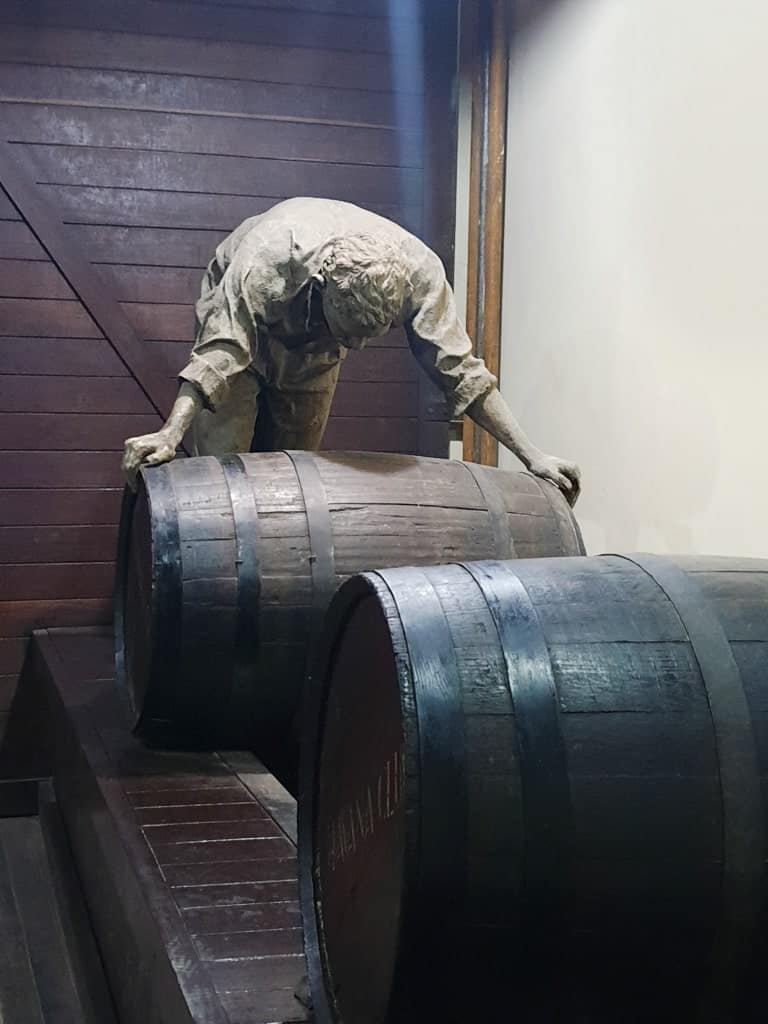
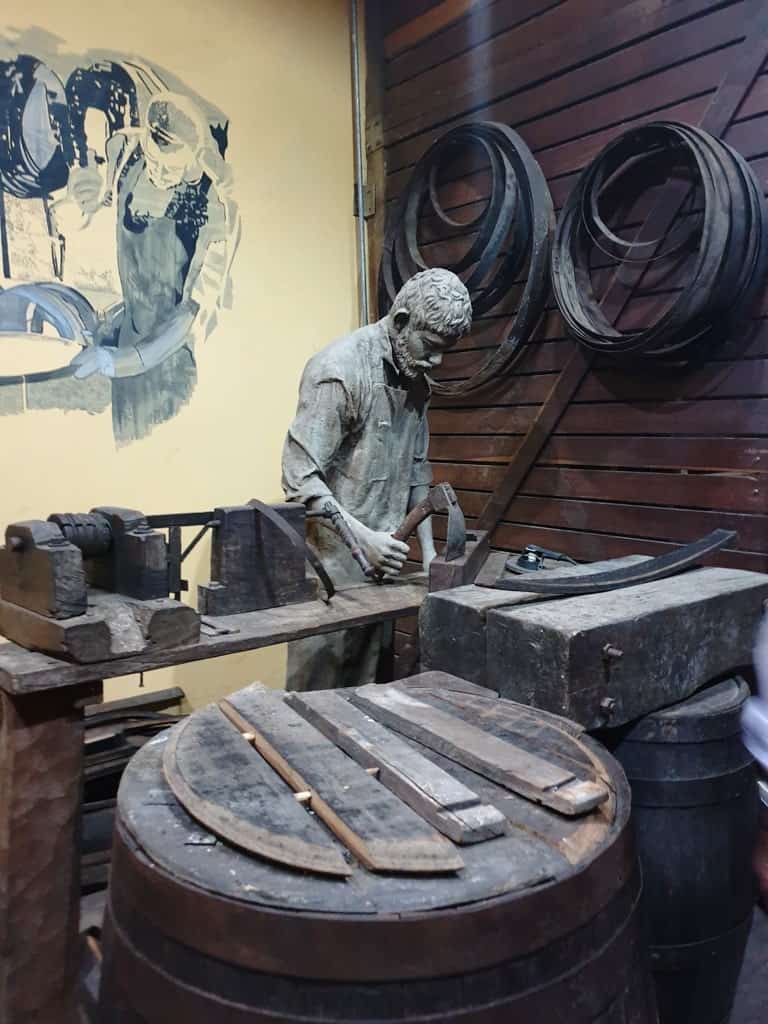
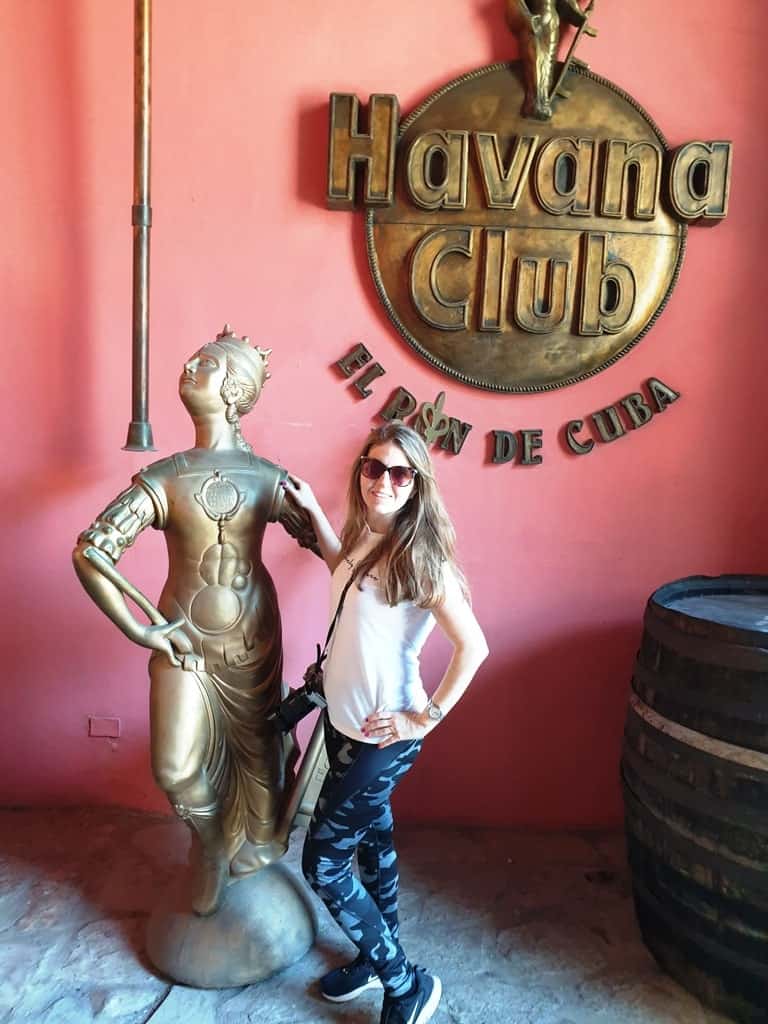
Most people who travel to Cuba want to visit the Havana Club museum, the city center distillery that gives visitors an insight into the process of making one of the world’s most famous drinks! The museum shows how these masters turn freshly cut sugar cane into delicious-tasting rum, and of course, allows you to try a tipple or two.
3. Plaza Vieja
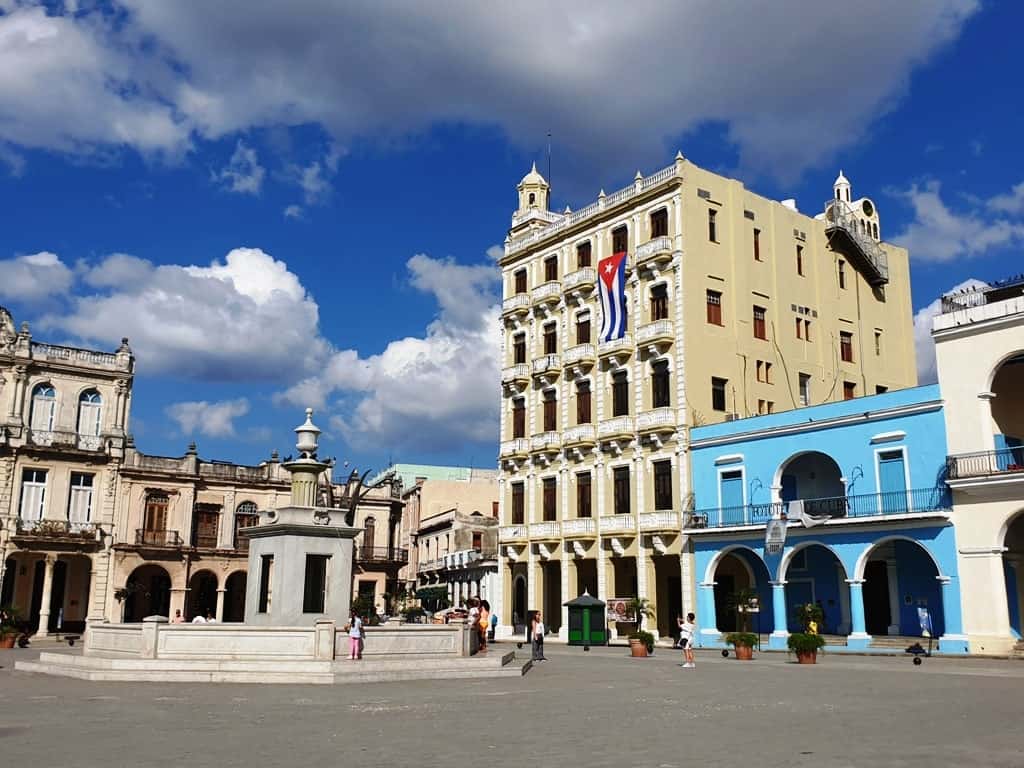
The Plaza Vieja, or Old Square, in Havana, is a large, open plaza surrounded by colonial houses in various states of restoration or disrepair.
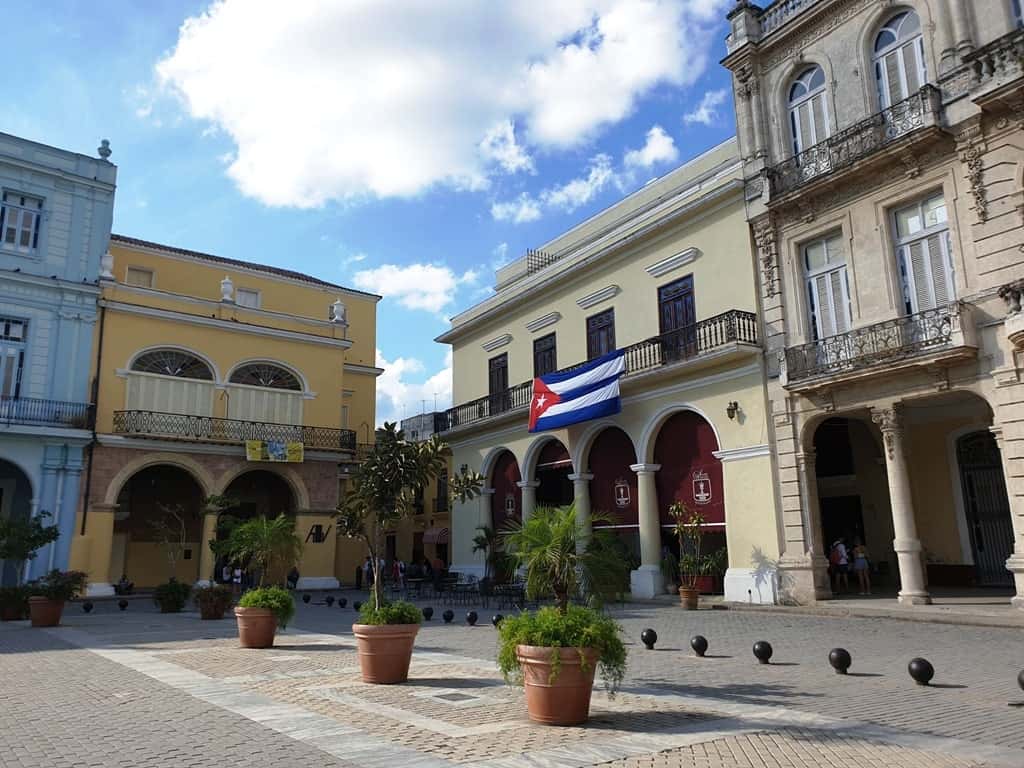
While the square used to be the location for fiestas, bullfights, parades and even executions, today the plaza is more of a place to come and relax in one of the many restaurants and cafes dotted around the outside.
4. Hotel Ambos Mundos
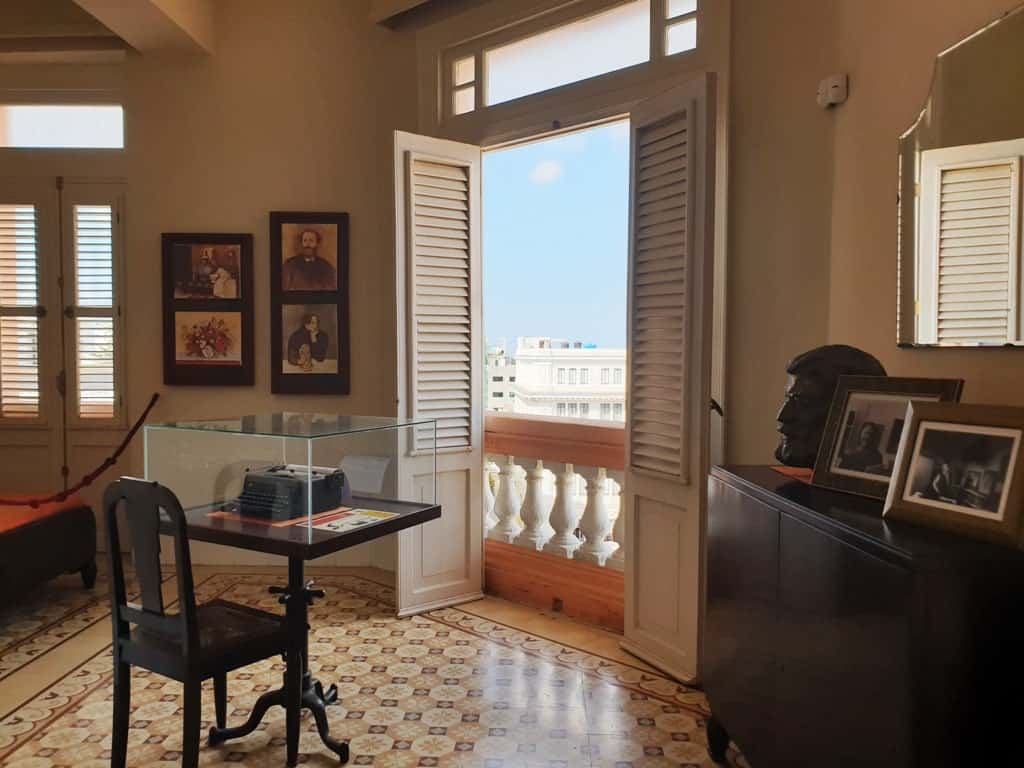
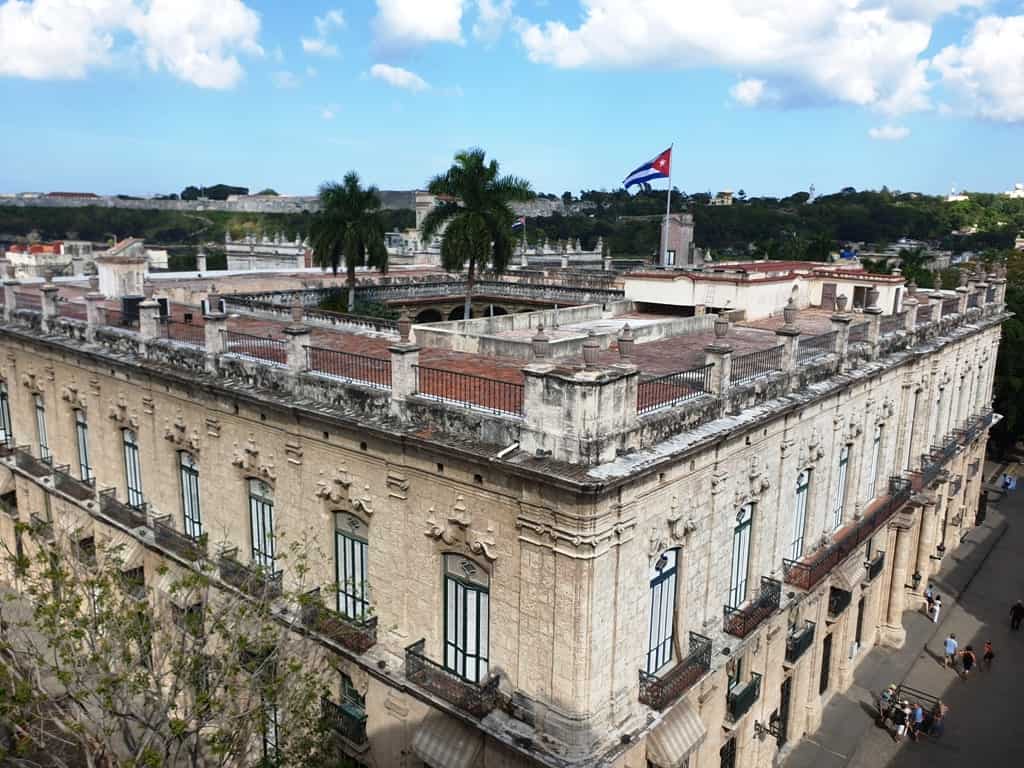
The 20th-century Hotel Ambos Mundos in Old Havana is famous not only for its pristine architecture but also because it was home to American writer Ernest Hemmingway during the 1930s. Hemmingway resided in a room on the 5th floor (which he rented for $1.50/night) and it was here that he began his famous work For Whom The Bell Tolls.
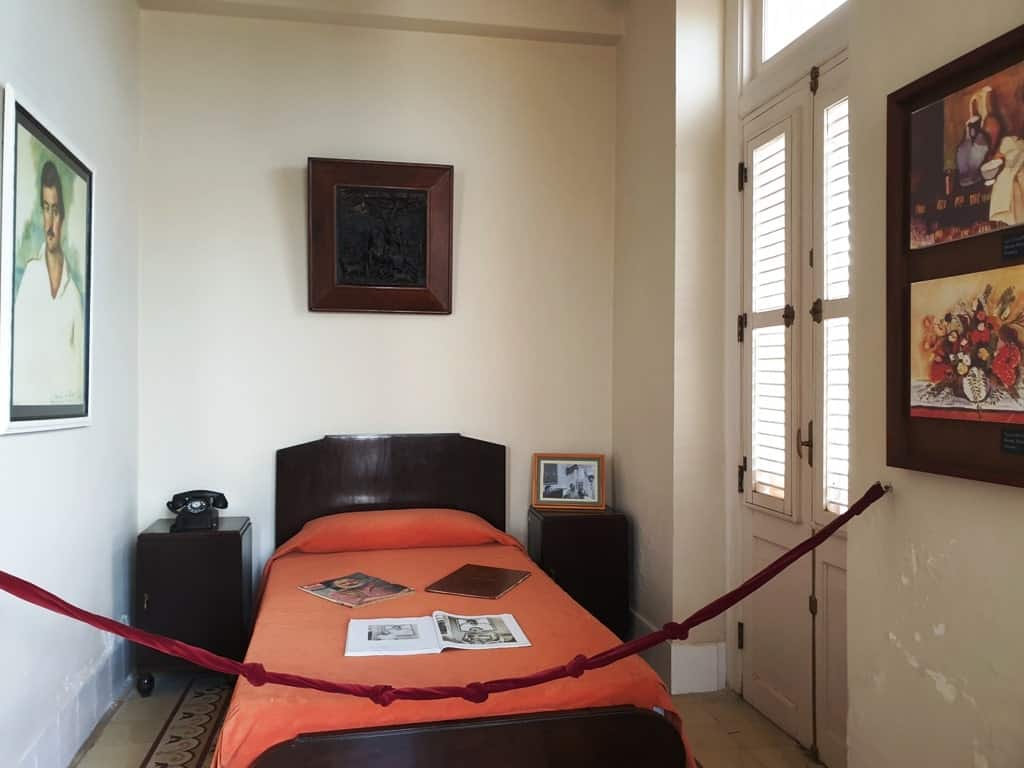
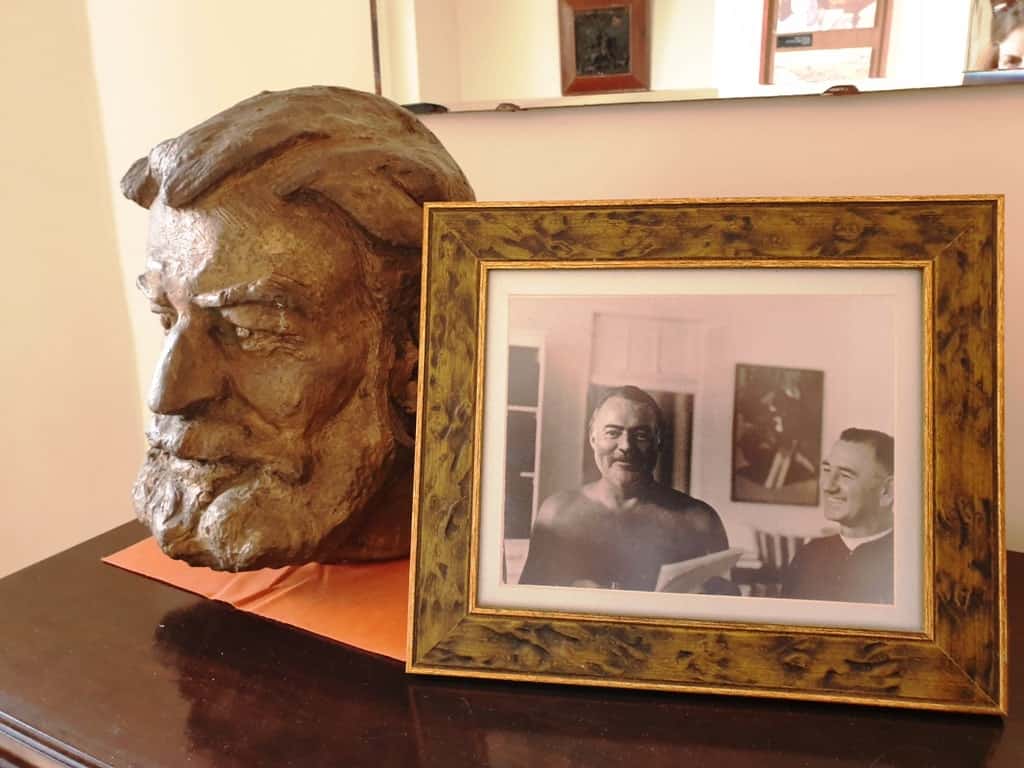
Today, travellers can visit his room (room 511) which has been restored to how it would have looked when he lived there, and there is also a rooftop bar/terrace which offers lovely views of Havana Vieja.
5. Plaza de San Francisco de Asís
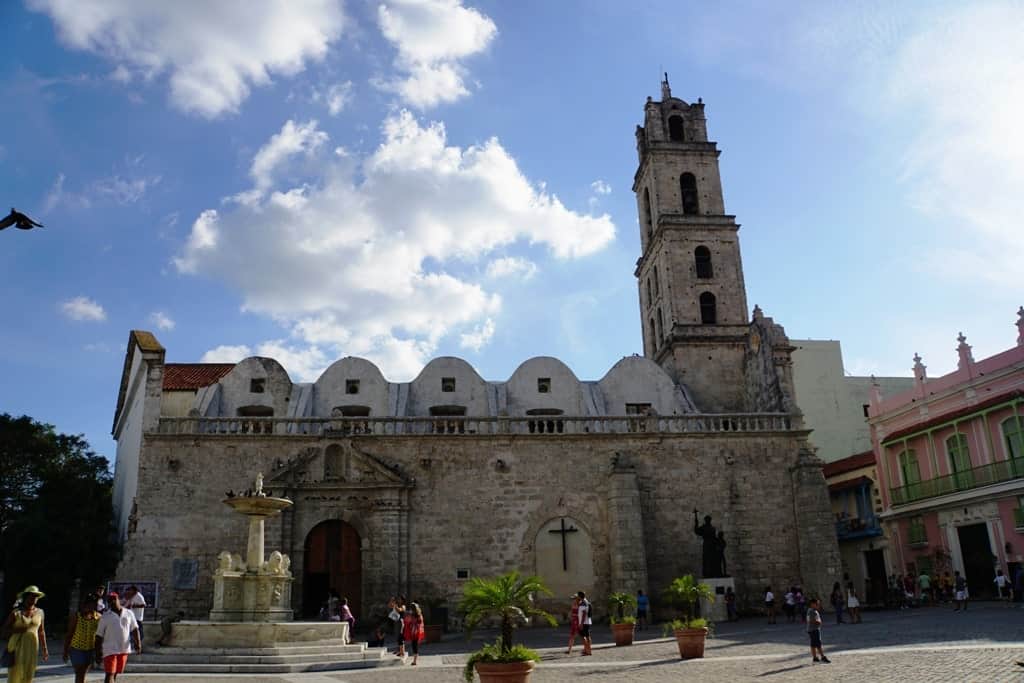
Another of Havana’s famous squares is the Plaza de San Francisco de Asís, a plaza which is home to the Church and Convent of St. Francis of Assisi as well as the impressive Fuente de Los Leones fountain made by a famous Italian sculptor from white marble in 1836 and gifted to the city.
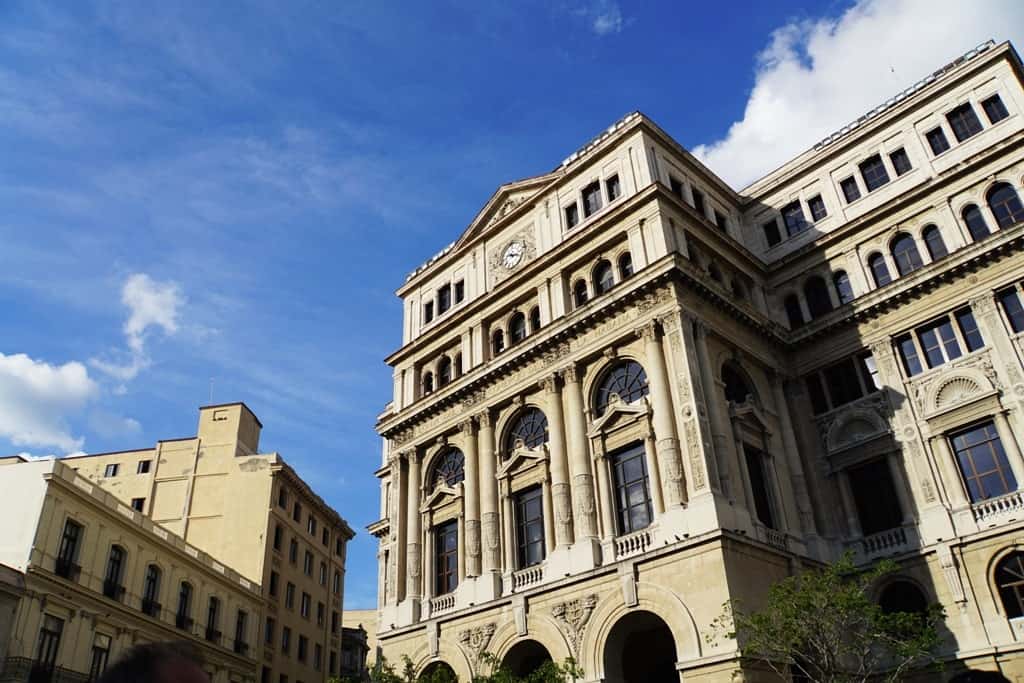
6. Plaza de Armas
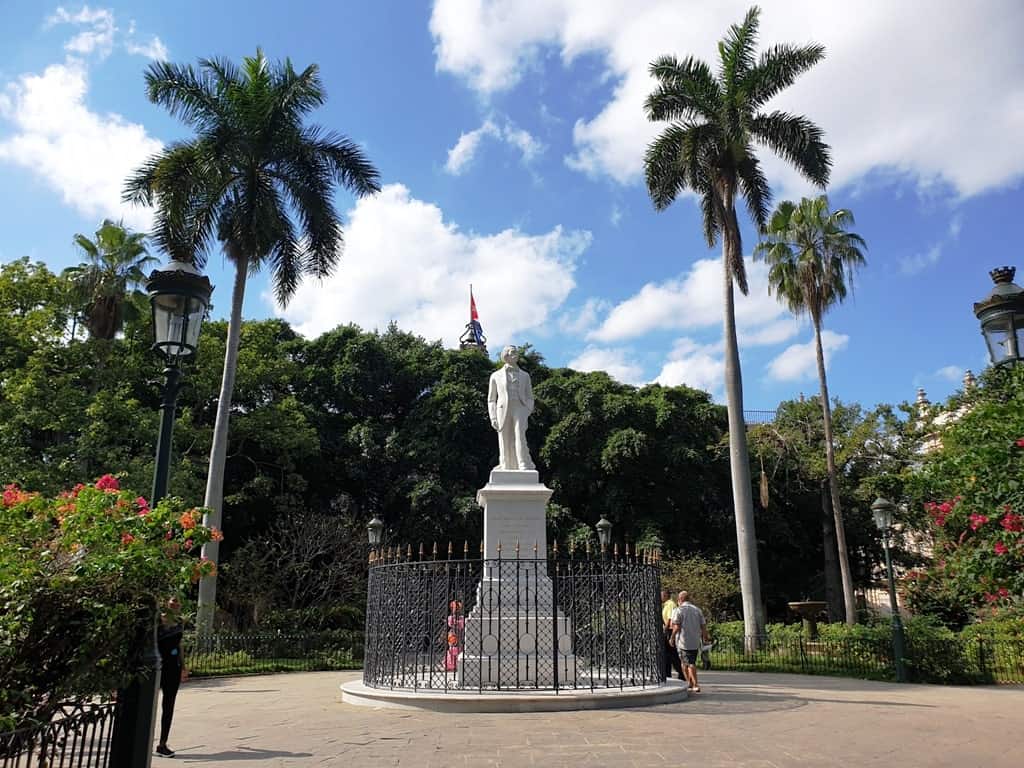
The Plaza de Armas is one of the busier squares in Havana that plays host to the Carlos Manuel de Céspedes monument, the Greek-style El Templete temple and the palatial Casa del Conde de Santovenia.
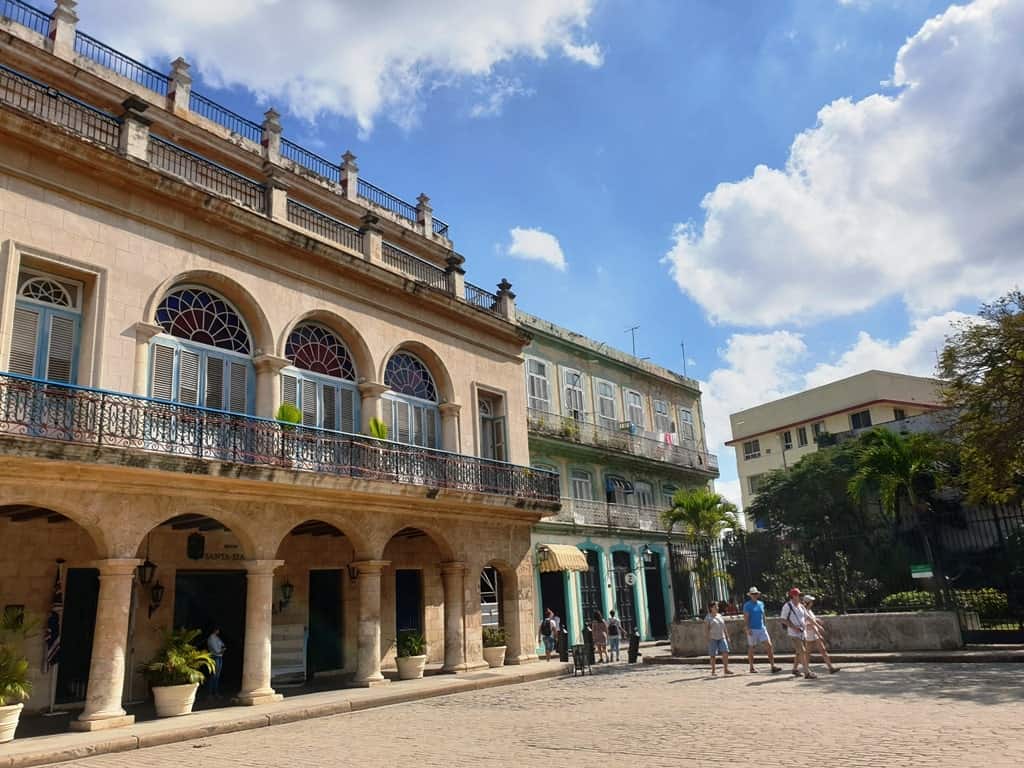
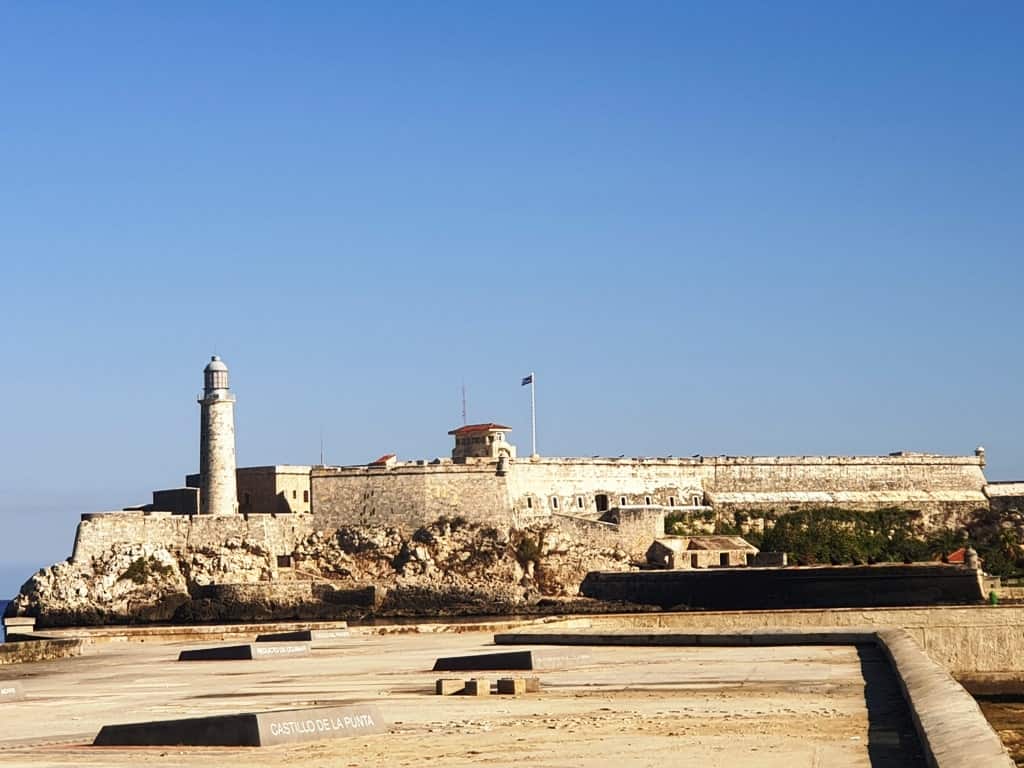
The square boasts amazing views across the water to the El Morro Castle and also features a daily second-hand book market (except Sundays).
7. Calla Mercaderes
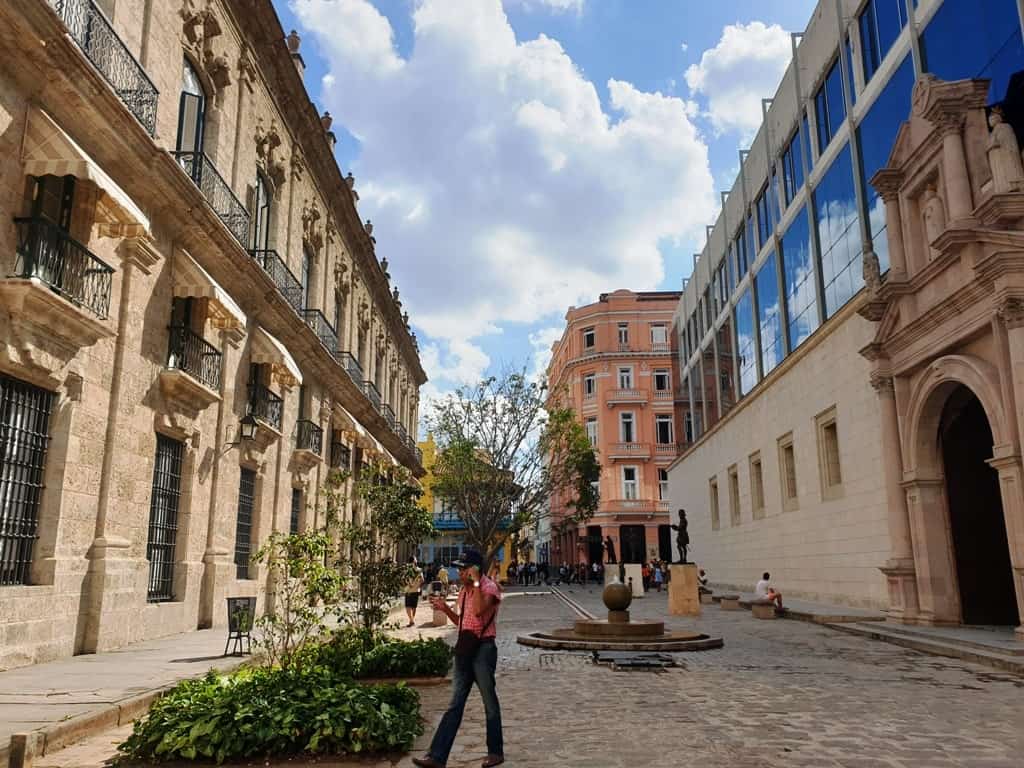
Calla Mercaderes is a car-free street in central Havana that is home to both modern shops and restaurants as well as old museums such as the Casa de Asia, the Armería 9 de Abril and the Museo de Bomberos. This is a pretty busy part of Havana but the museums here are mostly free and surprisingly quiet.
8. Palacio de los Capitanes Generales
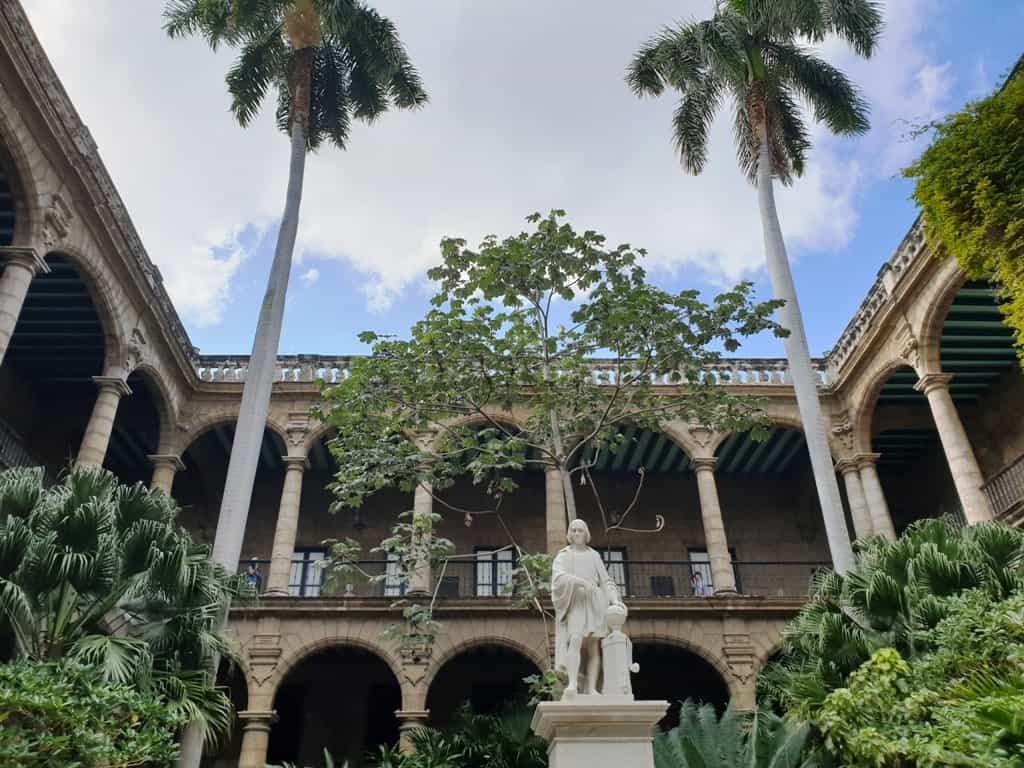
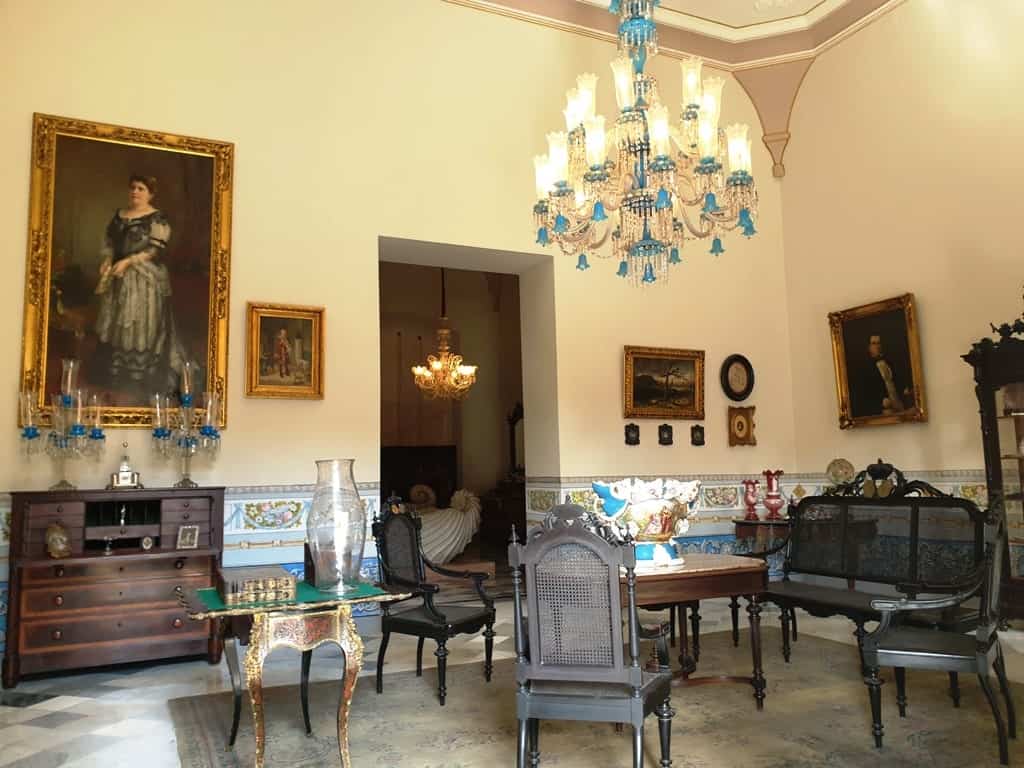
The grand Palacio de los Capitanes Generales is located on the eastern side of the Plaza de Armas and is home to the Museum of Havana, a museum displaying the original rooms as well as a collection of historical art and artefacts.
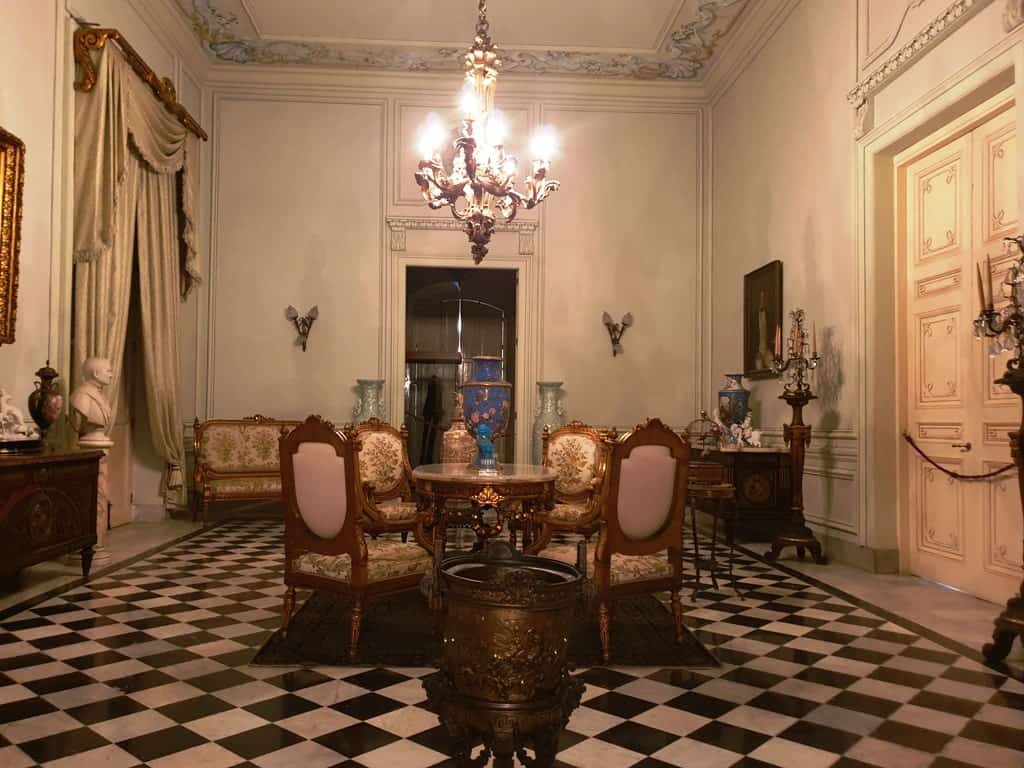
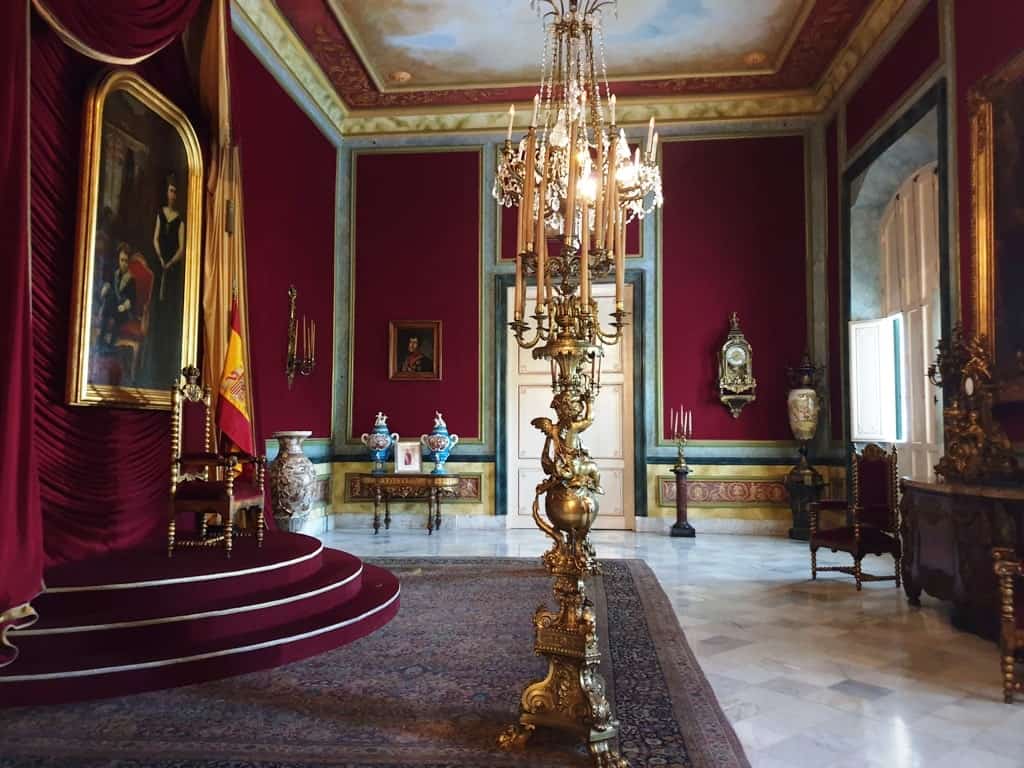
The building is Baroque in style and has been used as the governor’s house, a prison, a presidential palace and now a museum.
9. Castillo de la Real Fuerza
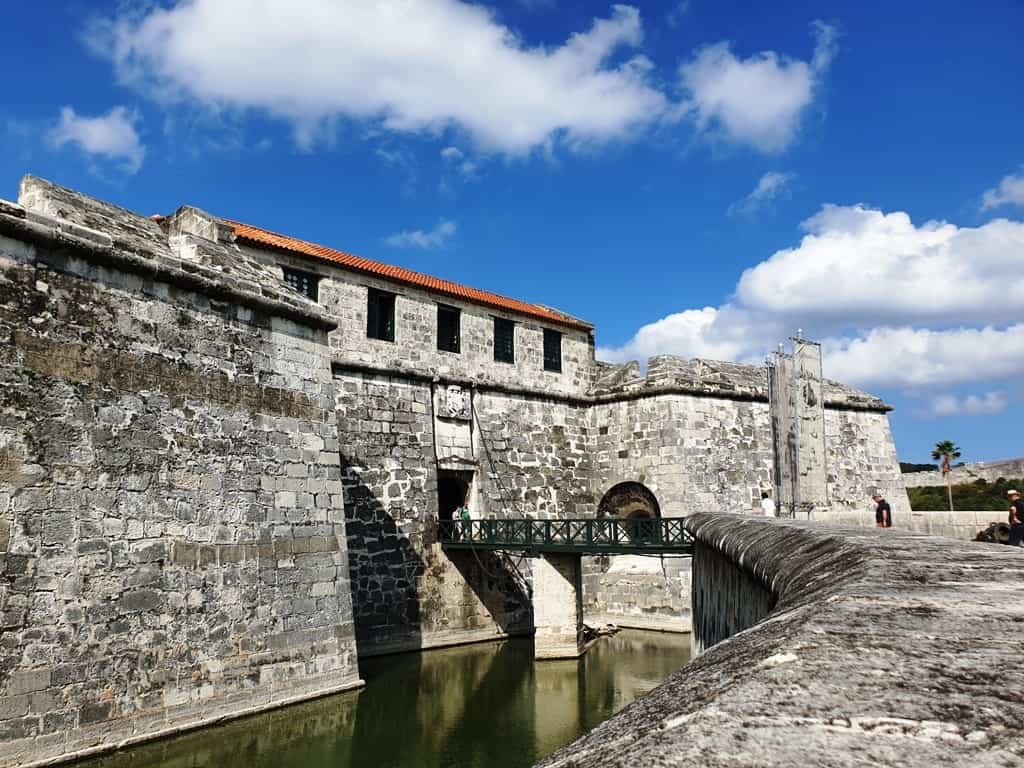
The Castillo de la Real Fuerza (not to be confused with Morro Castle), situated on the western side of the harbour of Havana, is thought to be the oldest stone fort in the Americas and is now home to the city’s Maritime Museum.
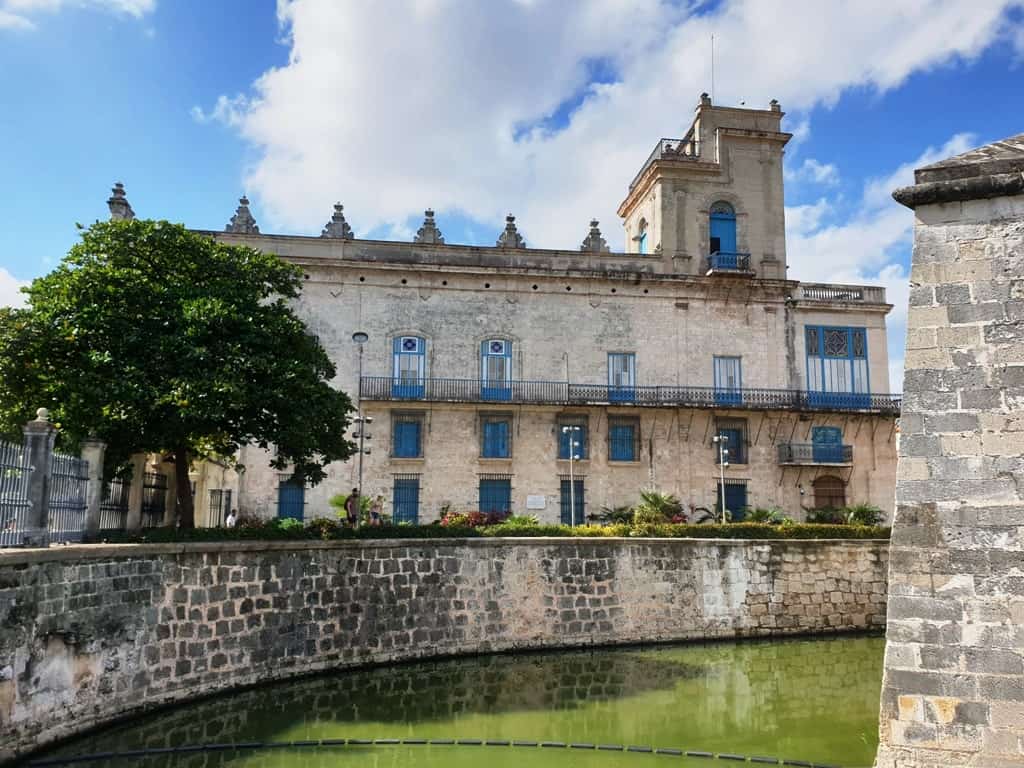
The fort was created as a defence against pirates but has also been used as the National Archive and National Library and briefly as the Museum of Arms.
10. Plaza de la Catedral
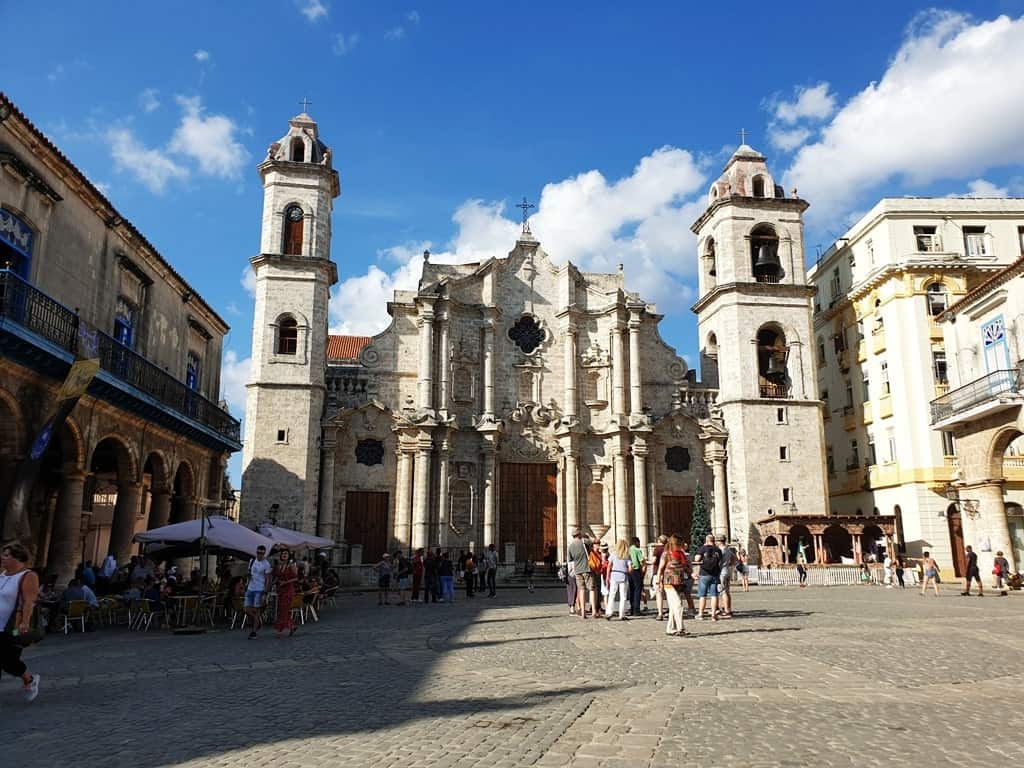
The Plaza de la Catedral, as the name suggests, is home to the Havana Cathedral, a Baroque church with grand bell towers, a large tiled dome and fossilised marine life buried in the walls.
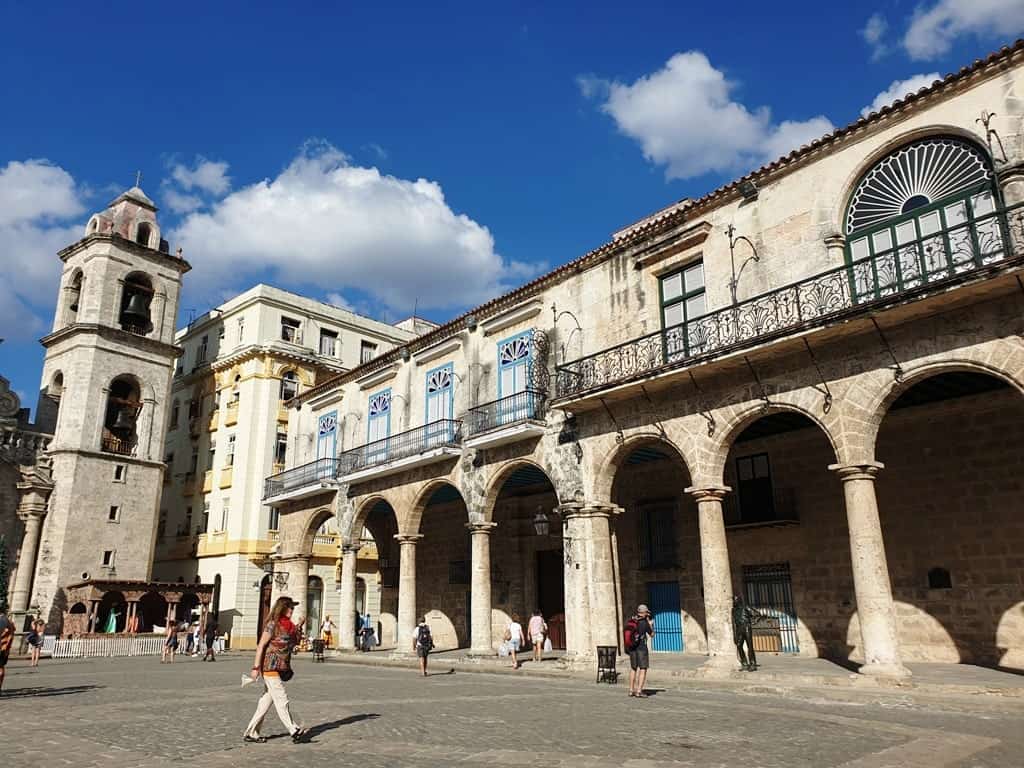
The square also features the Museo del Arte Colonial (Colonial Art Museum) and the Palacio del Conde Lombillo.
11. Eat at La Bodeguita del Medio restaurant
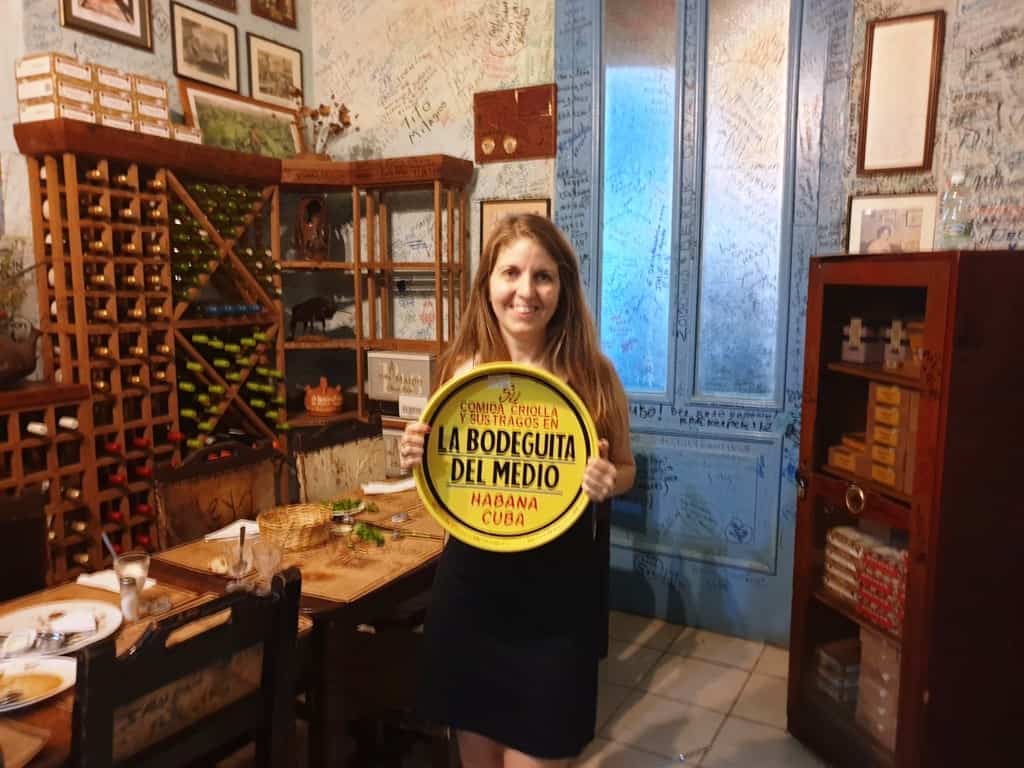
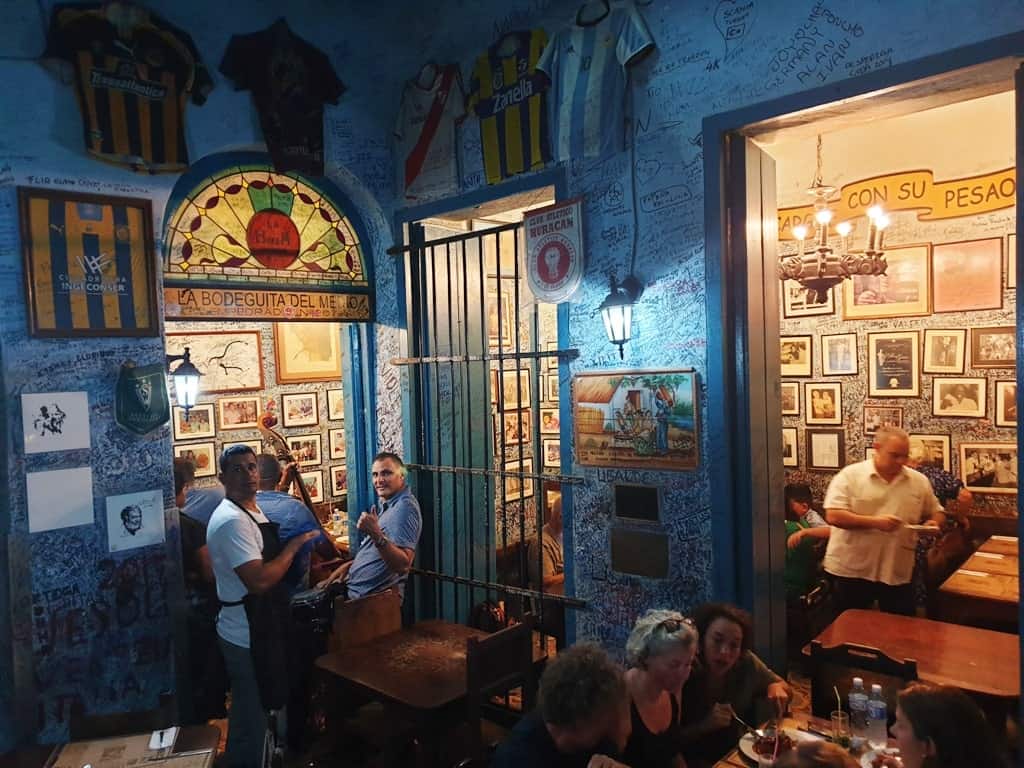
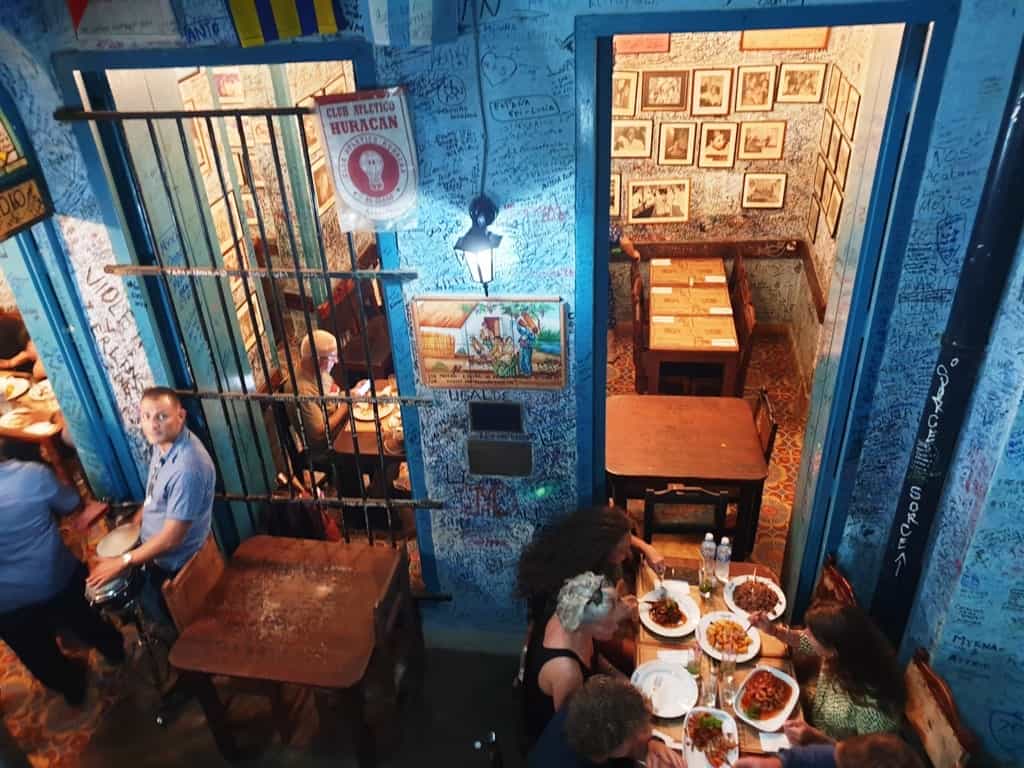
La Bodeguita del Medio in Havana was another of Hemmingway’s hotspots and is a great place to grab a bite to eat as well as a much-deserved holiday mojito! They serve up traditional Cuban dishes of pork, rice and beans and there is loads of graffiti from famous names all over the walls.
12. Museo Nacional de Bellas Artes de La Habana
For those interested in fine arts, the Museo Nacional de Bellas Artes de La Habana is the place to go. Visitors can discover Cuban works of arts as well as pieces by international artists, with permanent and temporary exhibitions on display throughout the year.
13. Revolution Museum
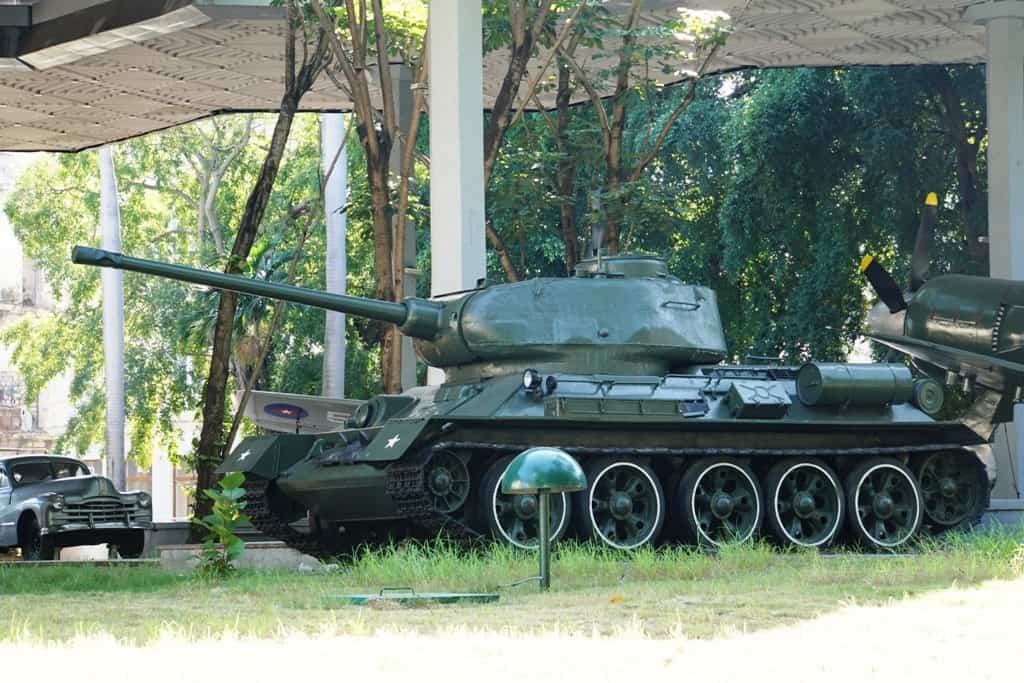
Most travellers’ favourite museum when visiting Havana is the Revolution Museum, a site that gives an insight into the 1959 Cuban Revolution and the country’s ongoing political struggles since then. Housed in the former Presidential Palace, the museum features photos, stories, weapons, sculptures, blood-stained uniforms and exhibits of the planes, cars and ships used in the revolution.
14. El Floridita
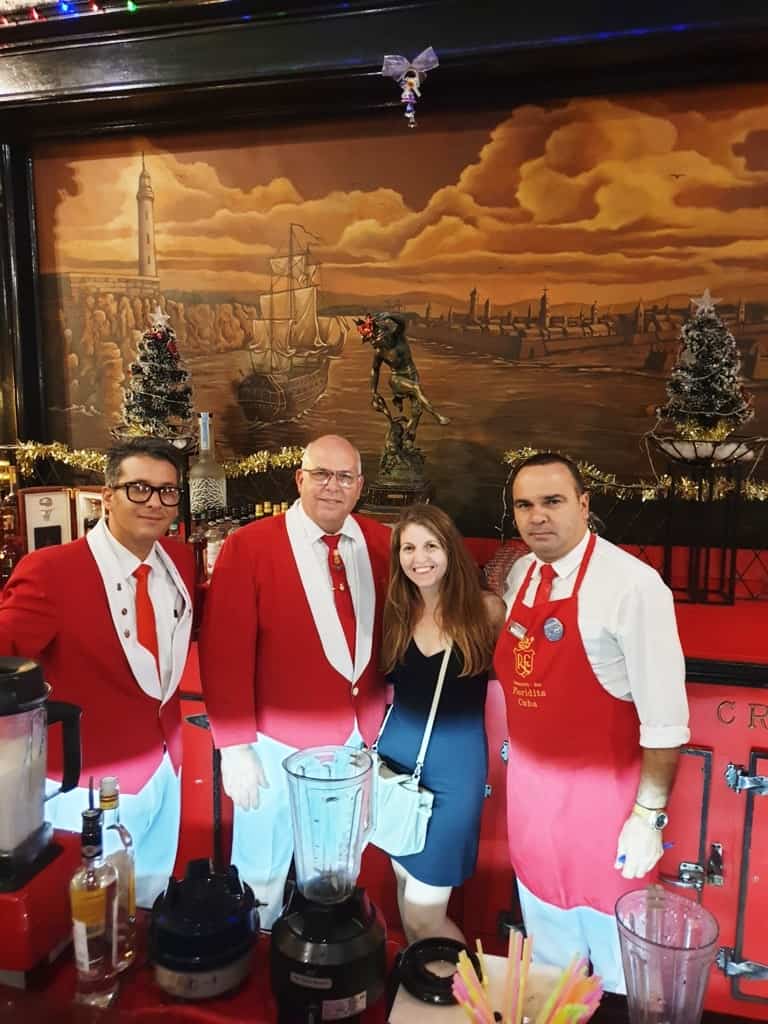
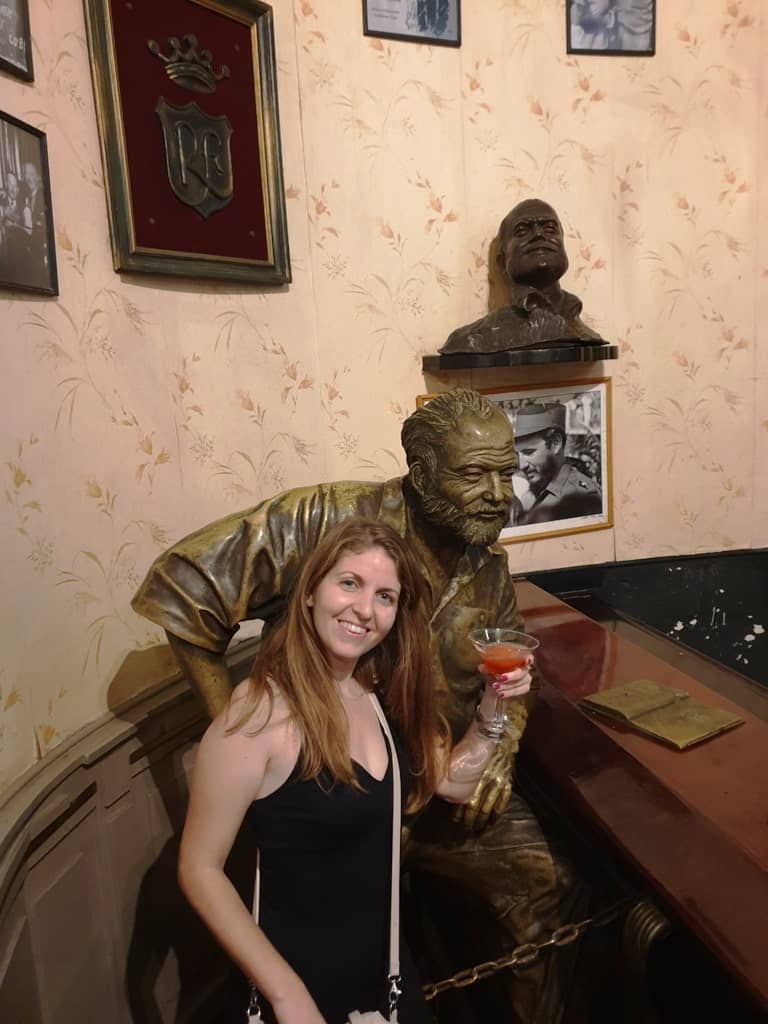
To end one of your evenings in Havana you may want to go to El Floridita, another of Hemmingway’s haunts that is famous for its daiquiris. The bar features a large, bronze statue of the writer perched up against the bar, and while it can be pretty busy with tourists it does have a buzzing atmosphere that makes it a great place to end the day.
15. Dinner and show at Buena Vista Social Club
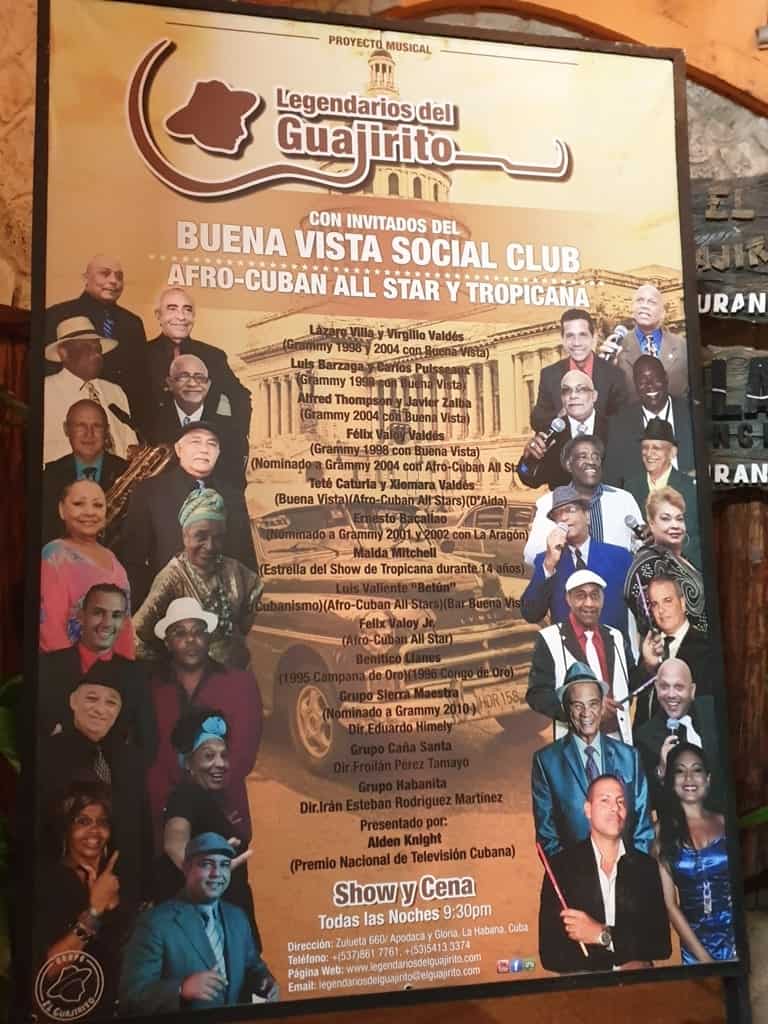
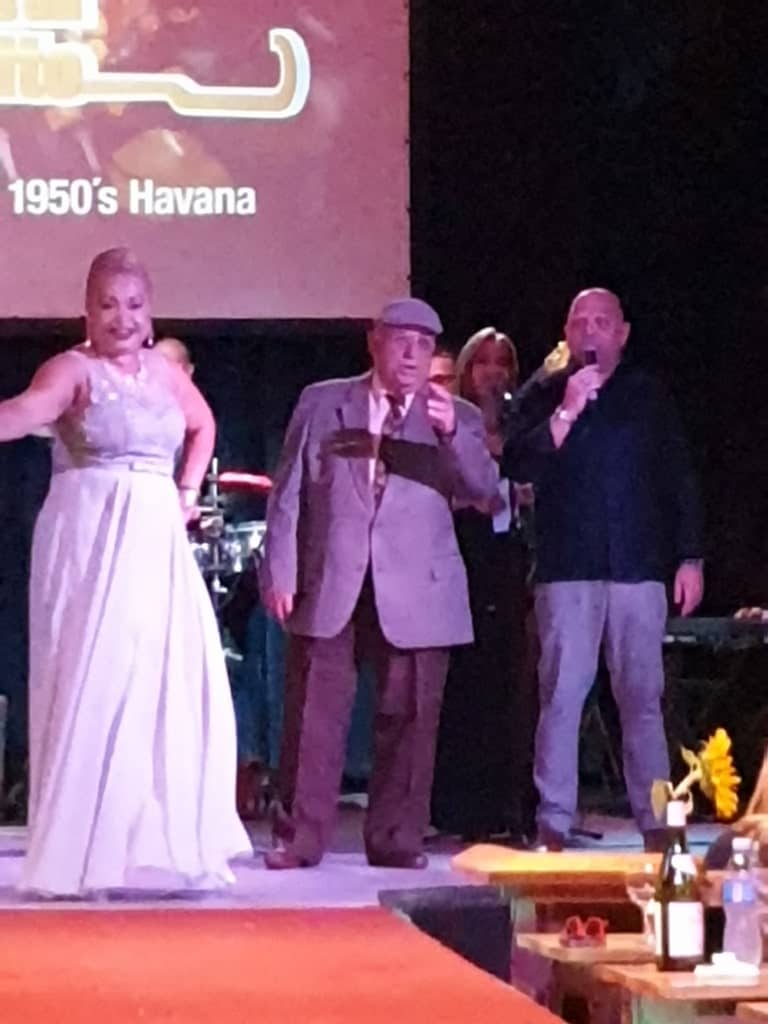
Alternatively, you may rather a dinner and show at Buena Vista Social Club, a venue that is famed for sharing Cuban music with the world, served up alongside welcome cocktails and tasty dinners. This is a fairly expensive night out (around $69pp) but it is good fun and will be one of your most memorable evenings in Havana.
3 days in Havana: Day Three – Modern Havana
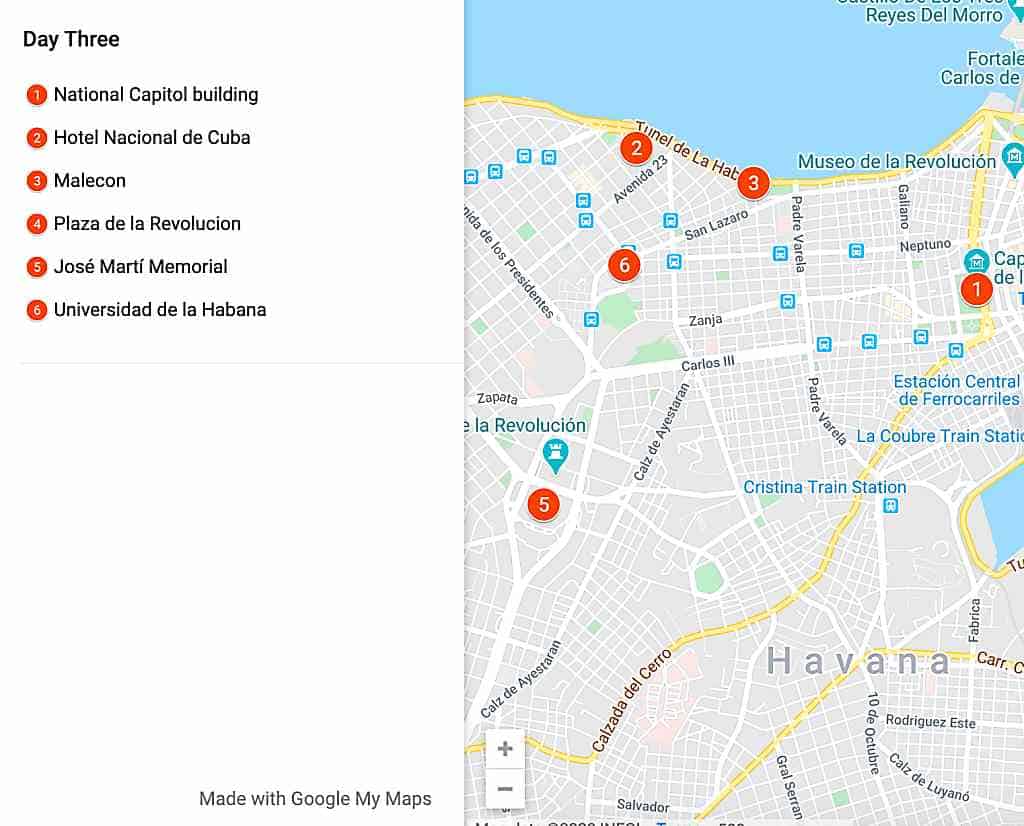
While Habana Vieja is the main hub for tourists in the city, Modern Havana also has its own collection of attractions that are well worth visiting.
1. El Capitolio
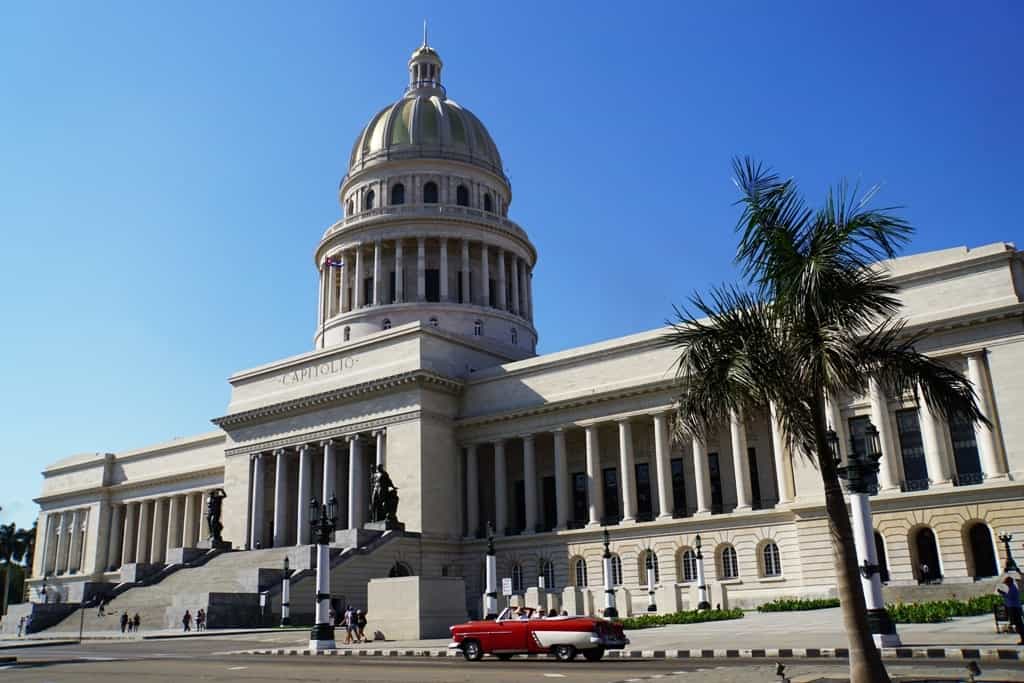
El Capitolio is a huge public building located on the Paseo del Prado in the center of Havana which looks like a replica of the United States Capitol building. The building features a domed cupola, a large, statue-lined staircase, granite columns, and manicured gardens, and inside includes the Statue of the Republic (La Estatua de la República), a bronze statue, covered in gold leaf – one of the largest indoor statues in the world.
2. Have a drink in Hotel Nacional de Cuba
The Hotel Nacional de Cuba, located in Vedado, is one of the few five-star hotels in Havana which boasts three restaurants, a cafeteria, and four bars so you won’t be short of finding somewhere to grab a drink. This hotel is elegant and well-equipped and even hosts a nightly “Cubano, Cubano” Cabaret Parisien show from 9 pm to 2 am which will make you want to get up and dance!
3. Walk the Malecon
The Malecón in Havana is the sweeping esplanade that stretches for 8km along the Cuban coastline, all the way from Habana Vieja through the modern Centro Habana and Vedado districts up to the Almendares River. This is a lovely way to experience real Cuban culture as you leisurely walk along the promenade; watching the world go by along the way.
4. Plaza de la Revolucion
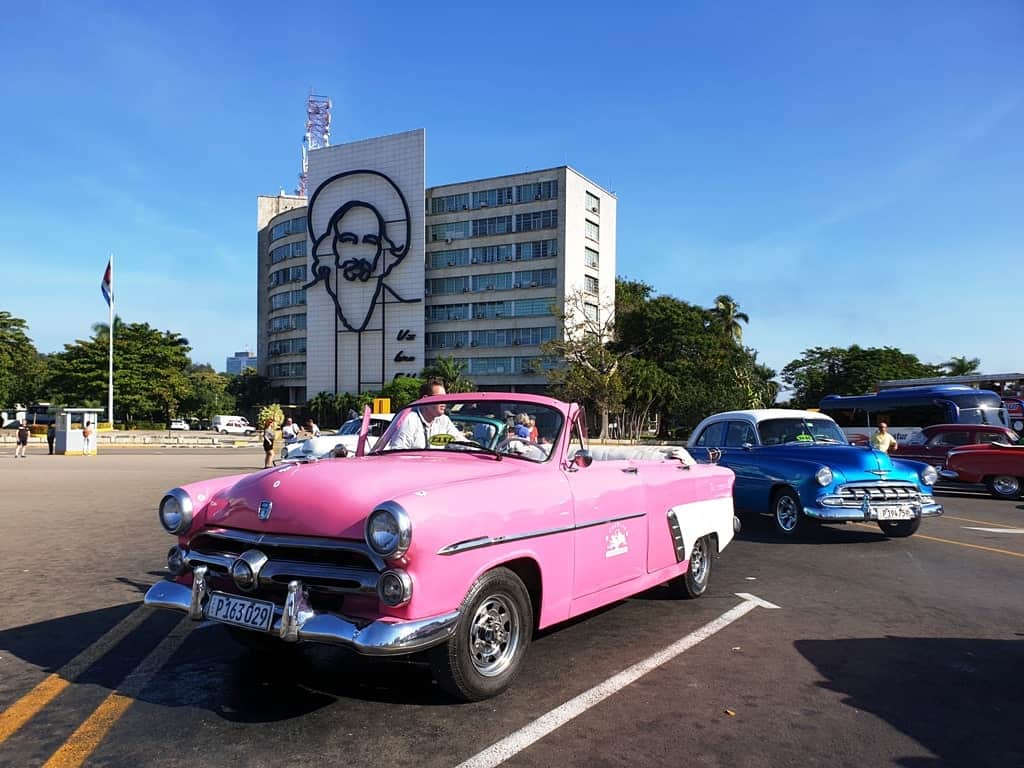
You’re likely to have seen the Plaza de la Revolucion as you drive into Havana from the airport and you’ll be longing to return to take in the views of the massive Cuban flag alongside the memorials of José Martí, Che Guevara, and Camilo Cienfuegos. This is a large square that regularly held political rallies and speeches given by Fidel Castro as well as masses held by Pope John Paul II and Pope Francis.
5. Jose Marti Memorial
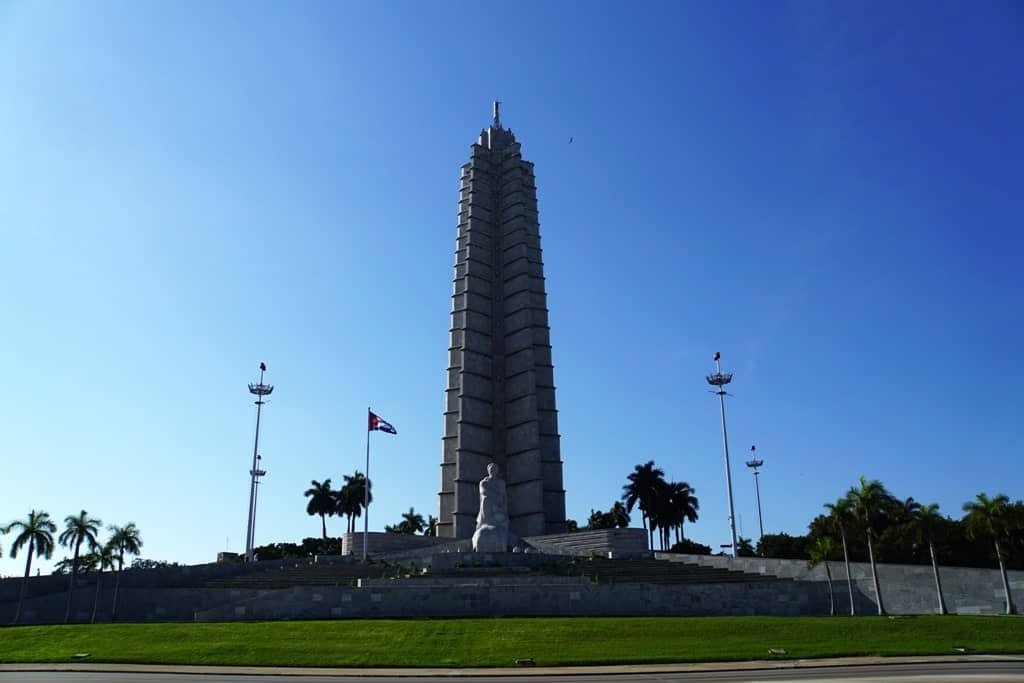
The José Martí Memorial, as mentioned above, is a statue and tower of remembrance to the national hero José Martí, with a star-shaped tower monument and a marble statue of Martí himself. Construction of the memorial began in 1953 (100th years after José Martí’s birth) and the finished product includes an observation deck that can be reached by an internal elevator.
6. Universidad de Havana

The Universidad de Havana is the oldest of Cuba’s universities, founded in 1721 by Pope Innocent XIII and King Philip V of Spain. The current neo-classical university buildings are located on a site in the Vedado district and while some of the buildings are in desperate need of repair, visitors can still admire the art deco library along with other beautiful campus buildings.
7. Vintage Car Tour
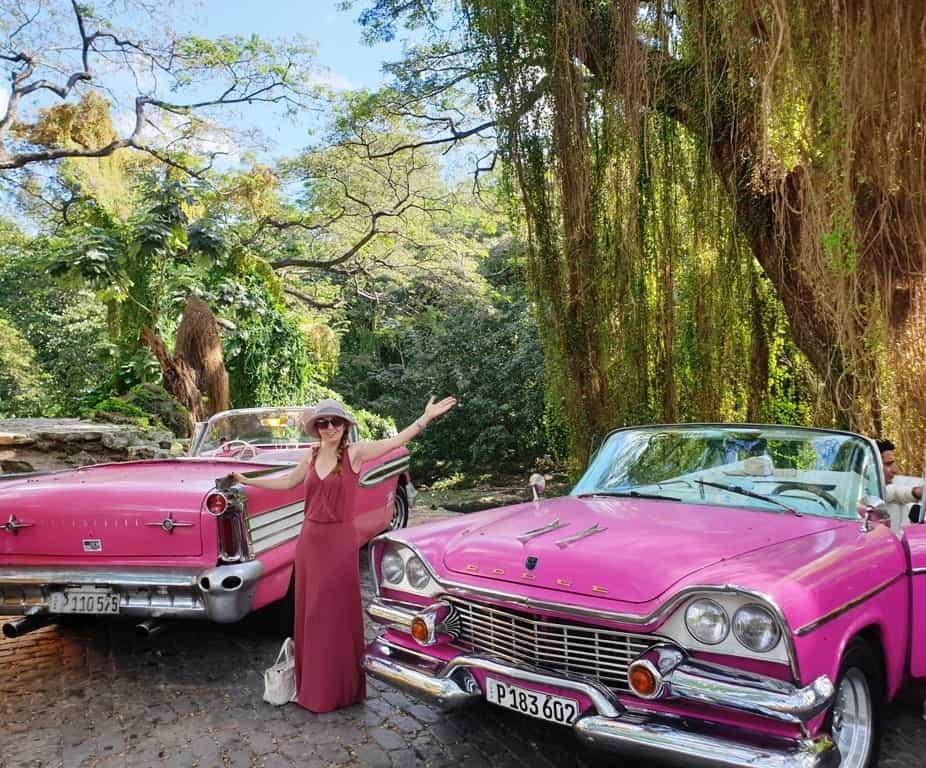
A vintage car tour is a quintessential attraction for tourists visiting Havana as there is nowhere else in the world that you can explore a city in such cool, classic cars!
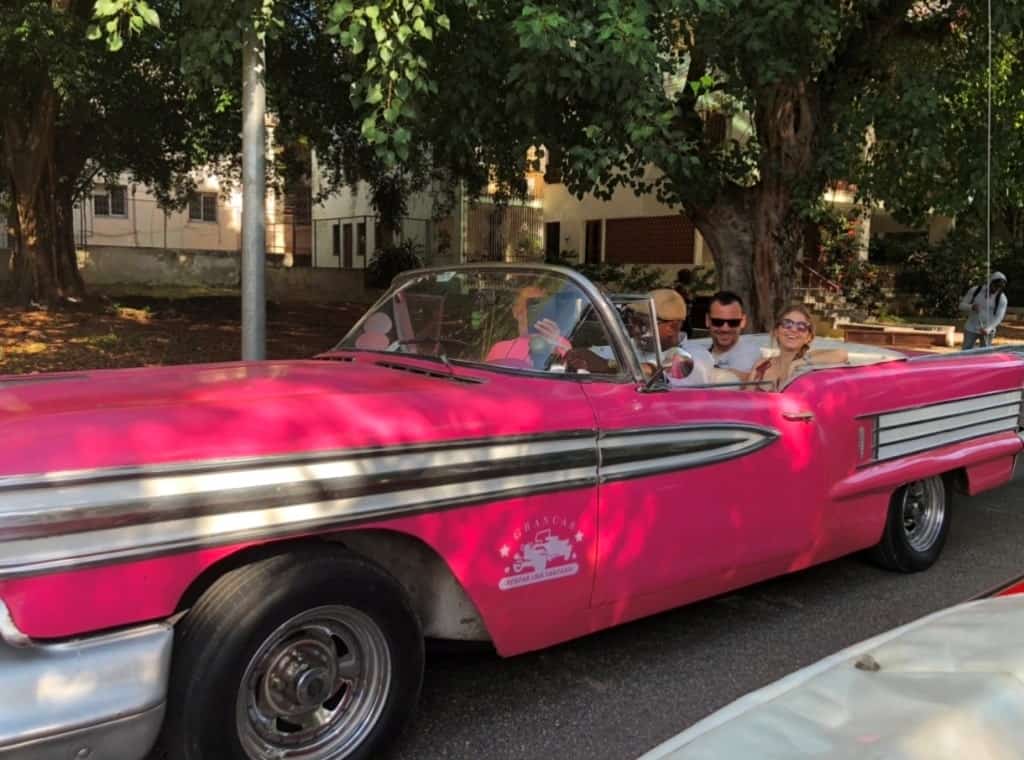
You may want to simply take a vintage car tour around the city so you can experience riding in one of these magical pre-revolution vehicles, or you can use it as a mode of transport between some of the aforementioned attractions (as New Havana is quite spread out). Either way, be sure to have your camera or phone at the ready to take loads of photos while enjoying the ride!
Where to stay in Havana
Havana Vieja
Most travelers wish to stay in the heart of Habana Vieja, which is why I have chosen the Hotel Sevilla and Hotel Plaza as my top picks.
Hotel Sevilla is a four-star hotel located in an old, colonial building that includes modern amenities such as a swimming pool, a fitness center, a bar, and a restaurant. The rooms here are spacious and comfortable and while the interiors aren’t the most elaborate or elegant, guests can expect welcoming, English-speaking staff that will make your stay unforgettable. Hotel Plaza is another four-star property in Havana with a grand entrance lobby, a sun terrace, and a shared lounge as well as a bar and restaurant that feature regular live music.
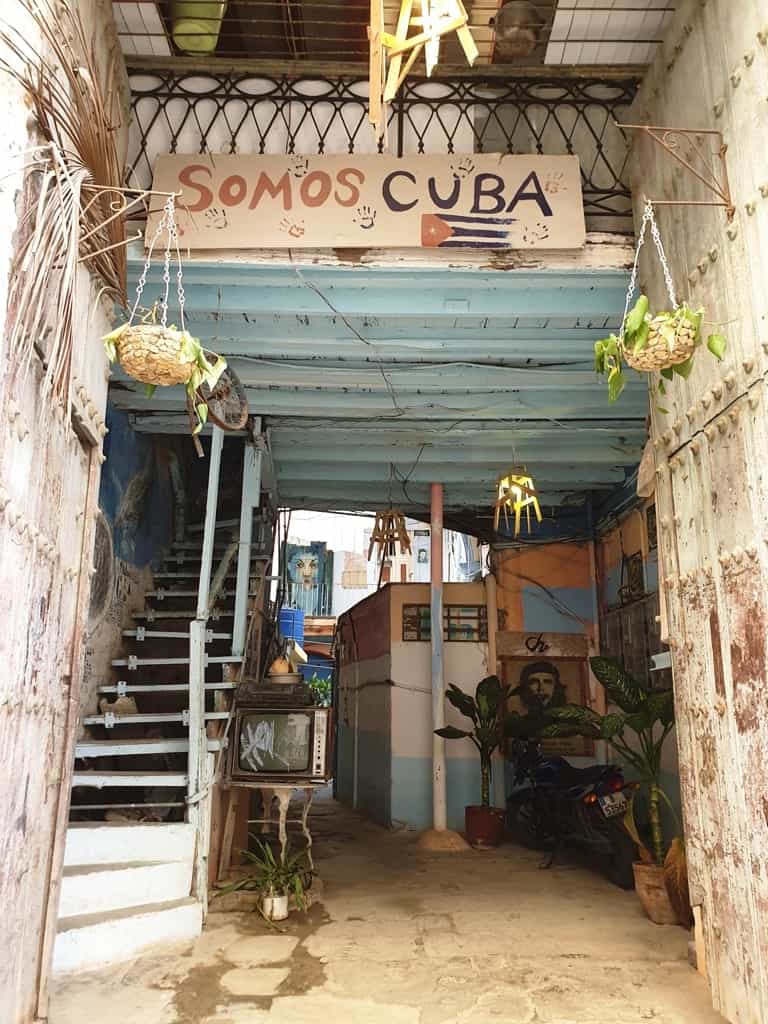
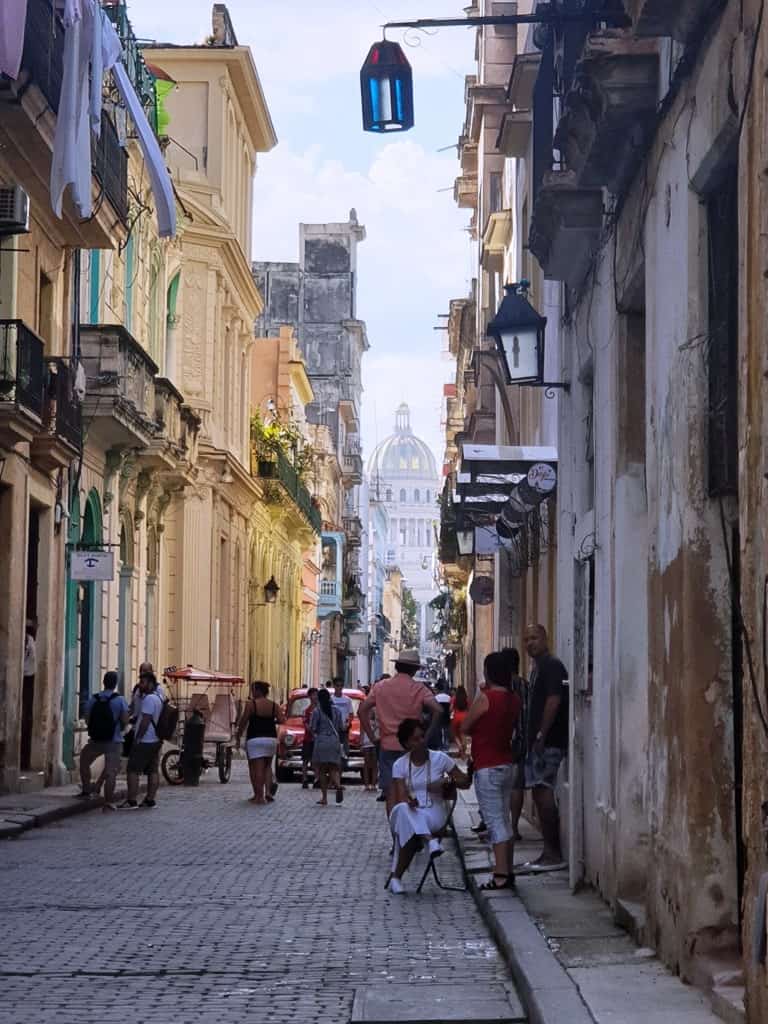
Alternatively, you may want to stay in one of the Casa Particulares, the Cuban equivalent of AirBnBs, which cost around $25-30 per night and are run by local Cuban families. These casas are fairly basic but often include breakfast and also give you the chance to practice your Spanish and get to know more about local life. I recommend Casa Paloma.
Three days in Havana gives you a good amount of time to explore both the old and new sides of the city, get a feel for Cuban life, and start to understand the history of the country that has made it what it is today. This is the best way to begin your trip to Cuba, and if you’re traveling independently, you can decide whether you want to come back to the capital to spend more time here at the end of your trip.
Have you been to Havana? Let me know what you thought about it in the comments below!

